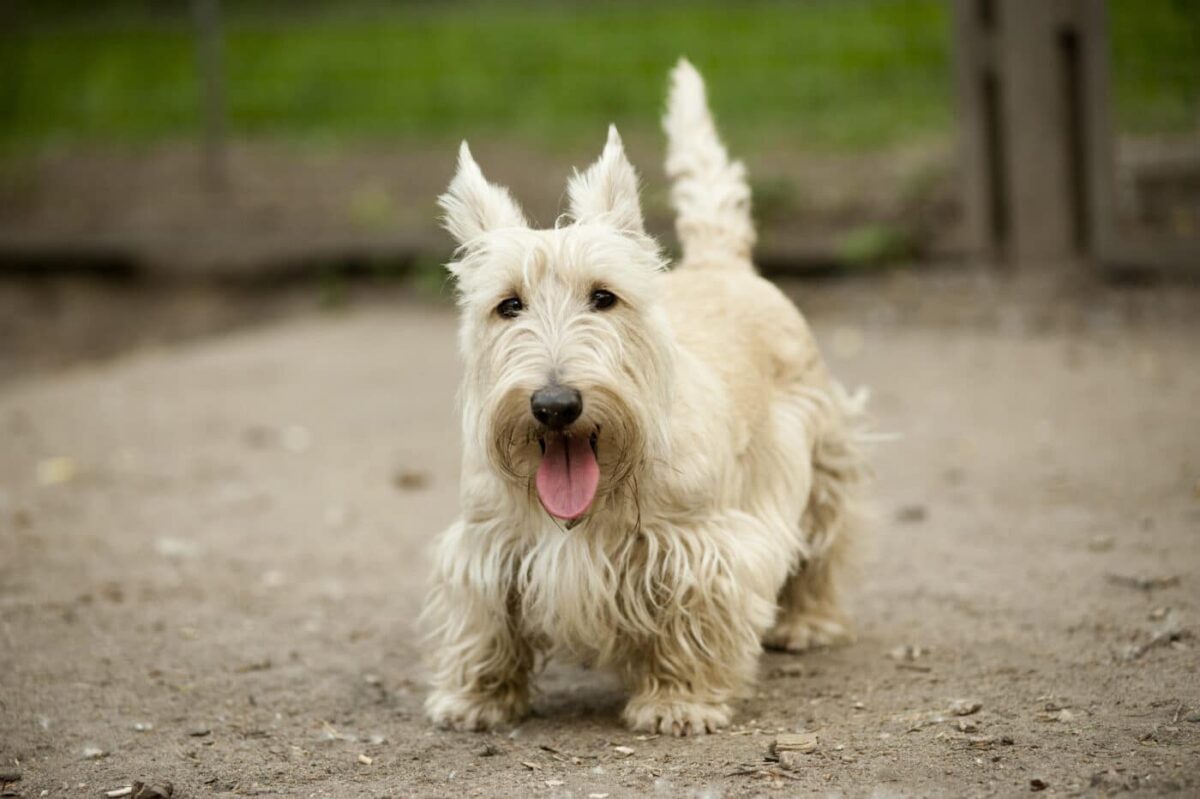 Shutterstock
Shutterstock
For many dog owners, especially those with busy schedules, having a dog that can handle being alone for a few hours is essential. Some breeds are naturally independent, able to entertain themselves, and less prone to separation anxiety. However, other breeds rely heavily on human interaction and may become anxious or destructive if left alone for too long. Whether you’re seeking a dog that can comfortably tolerate solitude or want to avoid breeds that dislike isolation, understanding their temperament and social needs is crucial in making the right choice.
Basset Hound
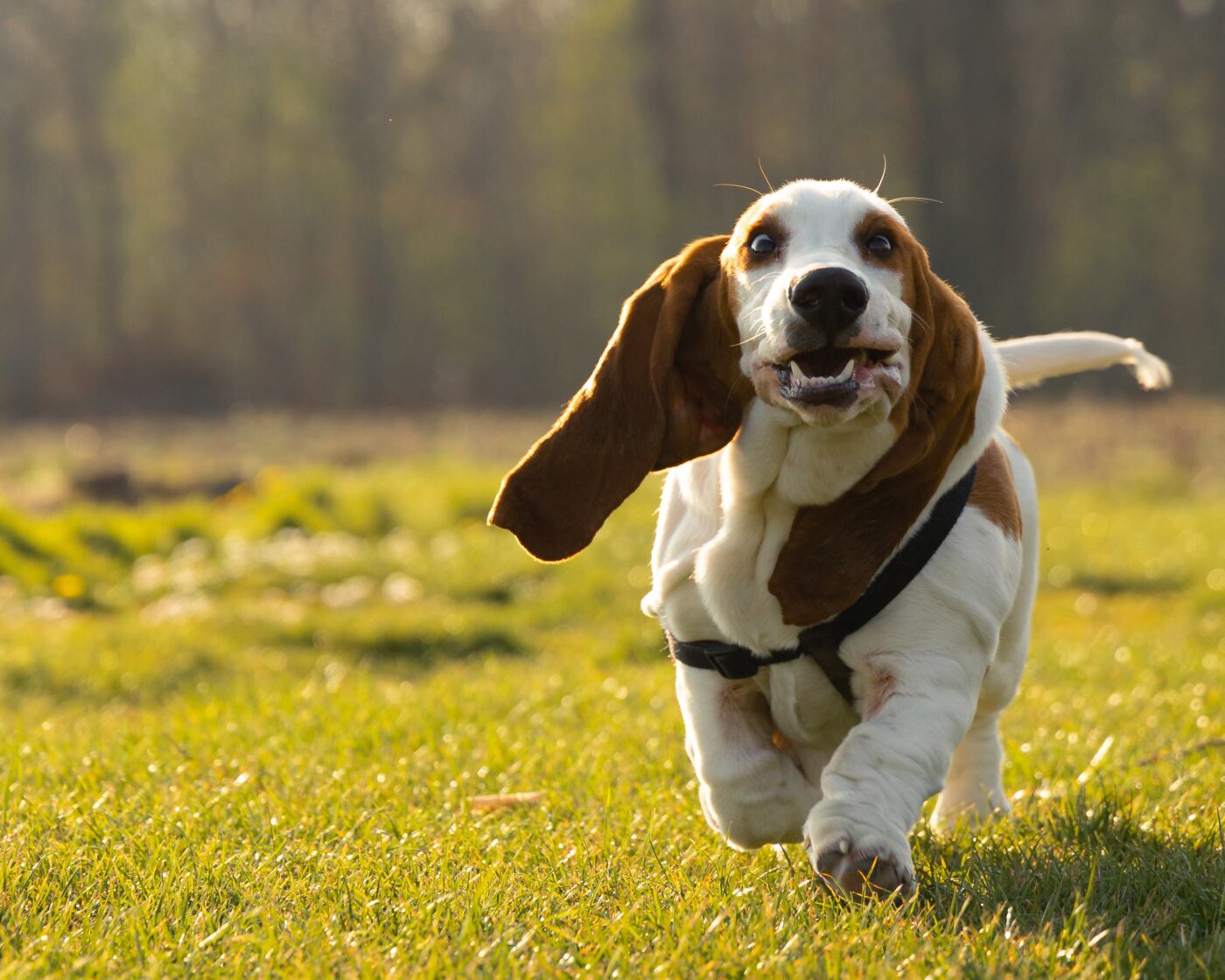 Shutterstock
Shutterstock
Basset Hounds are well-known for their laid-back attitude and independent nature. These dogs were originally bred as hunting companions, and they possess a calm and relaxed demeanor. Basset Hounds are happy to lounge around the house and enjoy quiet time on their own. Their low energy levels and contentment with leisurely naps make them ideal for owners who need to leave the house for a few hours. While they enjoy attention when their humans are home, they’re not prone to separation anxiety and handle alone time well.
Shar Pei
 Shutterstock
Shutterstock
The Shar Pei is an independent and somewhat aloof breed that doesn’t mind spending time alone. These dogs are known for their dignified and calm demeanor, often preferring to relax rather than seek constant attention. Shar Peis are naturally reserved, making them less likely to develop separation anxiety when left alone. While they can be loyal and affectionate with their families, they’re also quite self-sufficient and enjoy their independence. This makes them a good choice for owners who need a dog that can tolerate solitude during the day.
Chow Chow
 Shutterstock
Shutterstock
Chow Chows are known for their independent and somewhat standoffish personality, which makes them well-suited to being left alone for extended periods. These dogs are not particularly needy or attention-seeking, preferring to keep to themselves most of the time. Chow Chows are aloof with strangers and even with their own families, often choosing to relax on their own rather than follow their owners around. Their independent nature means they’re less likely to suffer from separation anxiety, making them a good option for people who need a dog that can handle solitude.
Greyhound
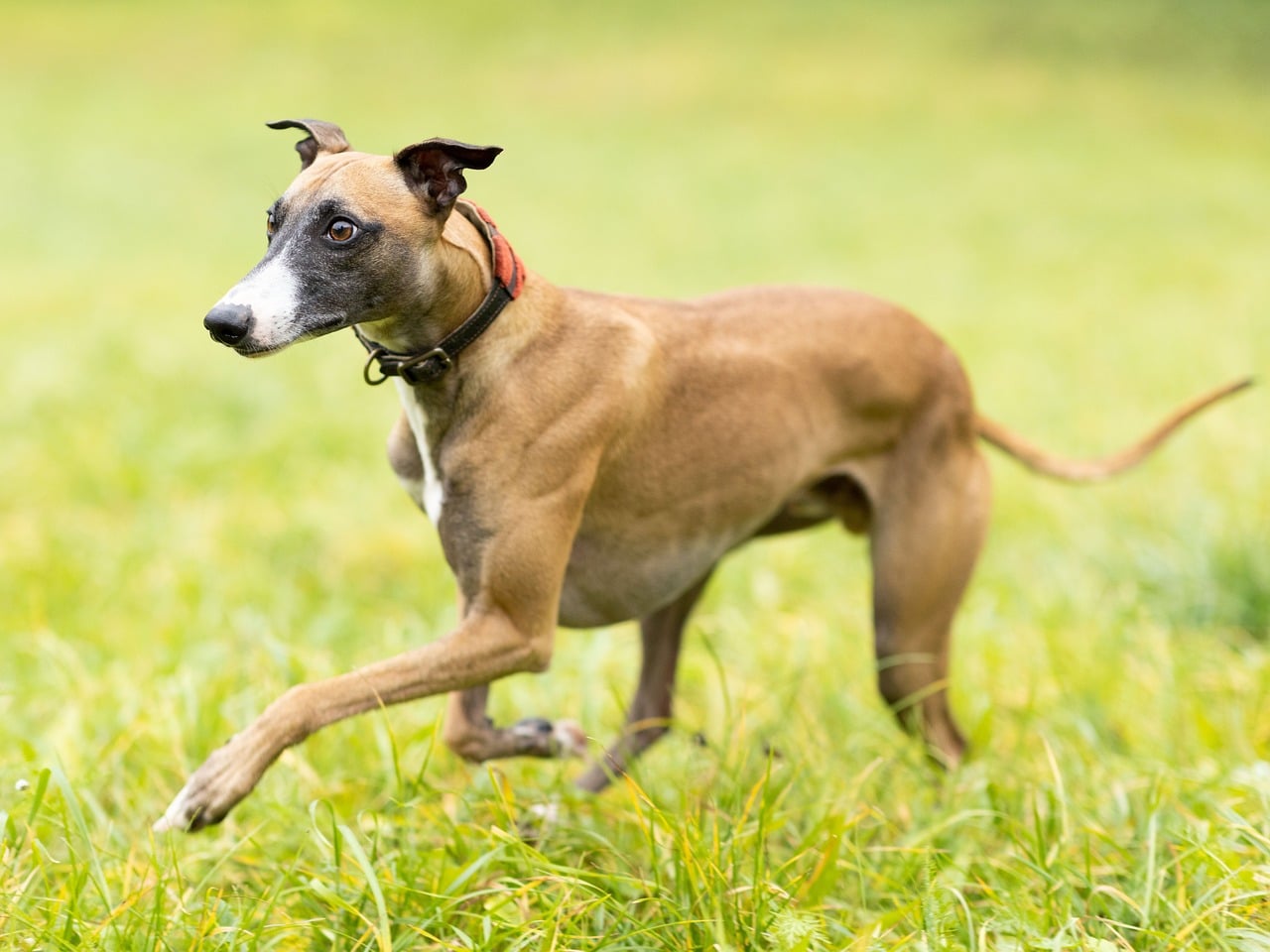 Shutterstock
Shutterstock
Despite their reputation as racing dogs, Greyhounds are surprisingly low-maintenance and independent. These sleek, elegant dogs enjoy lounging around and are quite content with their own company. Greyhounds are known for being couch potatoes when they’re not in action, making them a great choice for people who need a dog that can handle being left alone. They don’t require constant attention or stimulation and are often happy to rest during the day. As long as they get their daily exercise, Greyhounds are perfectly fine with spending time alone.
Shiba Inu
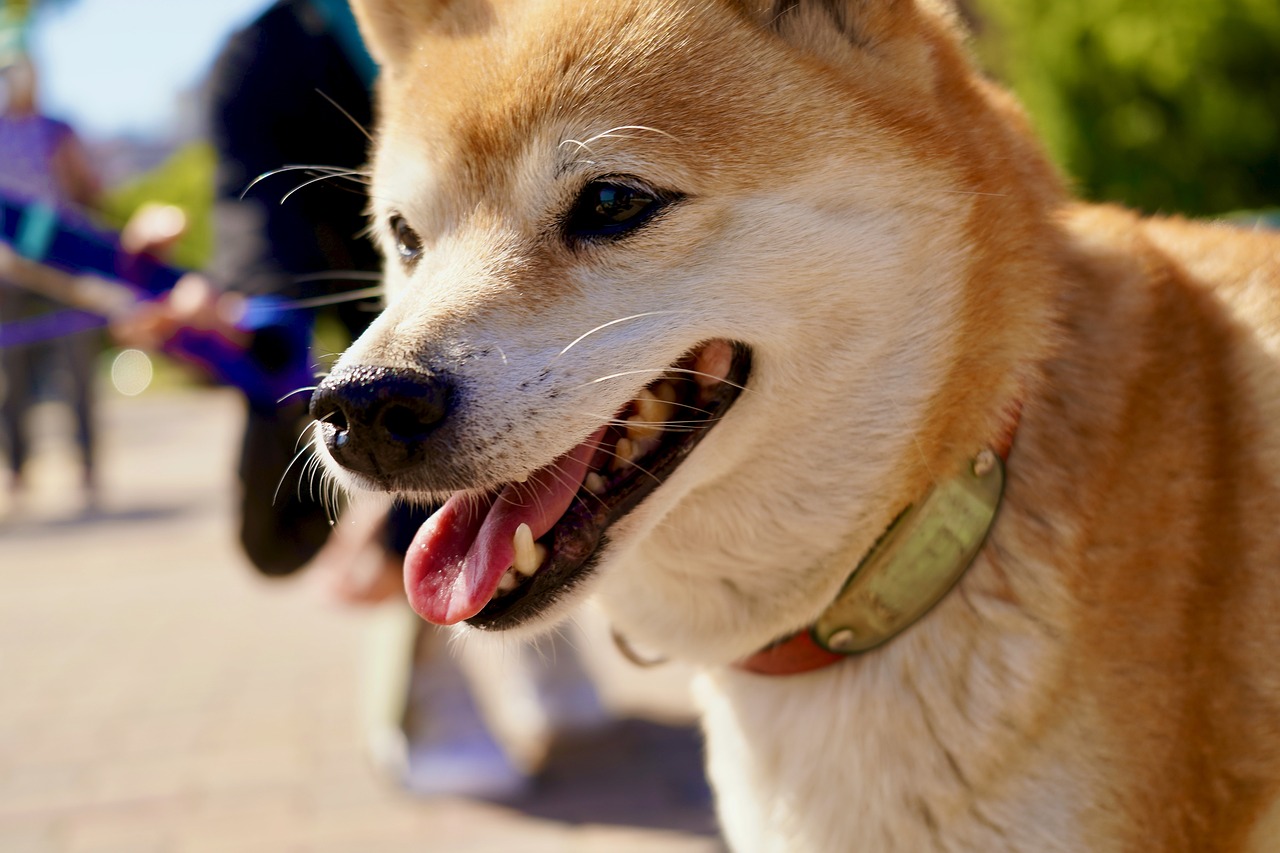 Shutterstock
Shutterstock
Shiba Inus are famous for their independence and strong-willed nature. These dogs are often compared to cats because of their self-sufficient demeanor. Shibas are not overly affectionate or clingy, and they prefer to have their own space. While they are loyal to their families, they don’t need constant companionship and can entertain themselves when left alone. Shiba Inus are confident and independent, making them one of the best breeds for owners who need a dog that can handle solitude without getting anxious.
Basenji
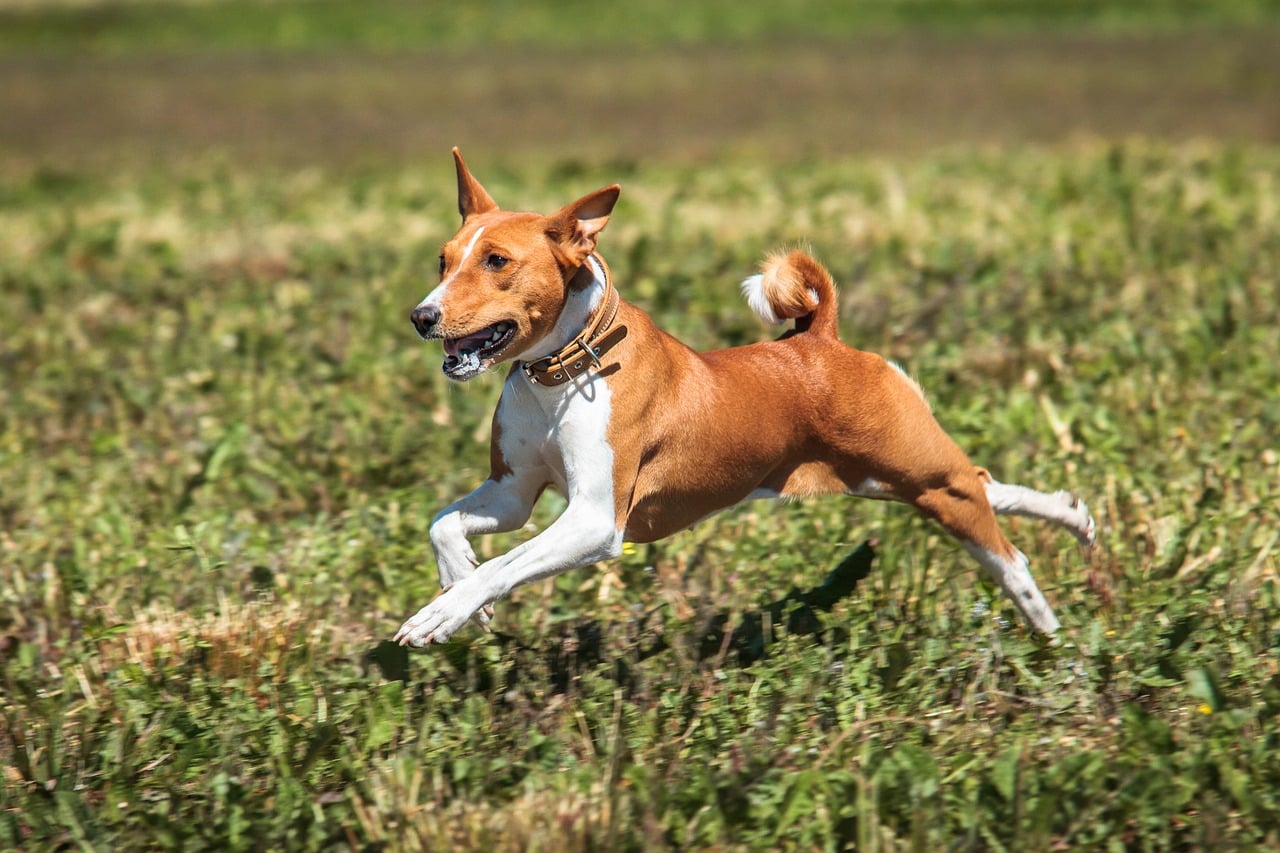 Shutterstock
Shutterstock
The Basenji, often referred to as the “barkless dog,” is a highly independent breed with a cat-like personality. These dogs are curious and intelligent, but they don’t rely on their owners for constant interaction. Basenjis are known for their ability to entertain themselves and can handle being alone for moderate periods without becoming anxious. Their independent nature, combined with their low-maintenance grooming needs, makes them a great choice for people who want a dog that doesn’t mind being left alone.
Lhasa Apso
 Shutterstock
Shutterstock
Lhasa Apsos are small, sturdy dogs that are quite content with their own company. These dogs were originally bred as watchdogs for Tibetan monasteries, and they retain a calm and independent demeanor. Lhasa Apsos are happy to spend time alone during the day as long as they get some attention and affection when their owners return. They’re not overly needy or prone to separation anxiety, making them a good option for owners who need a dog that can handle solitude.
Scottish Terrier
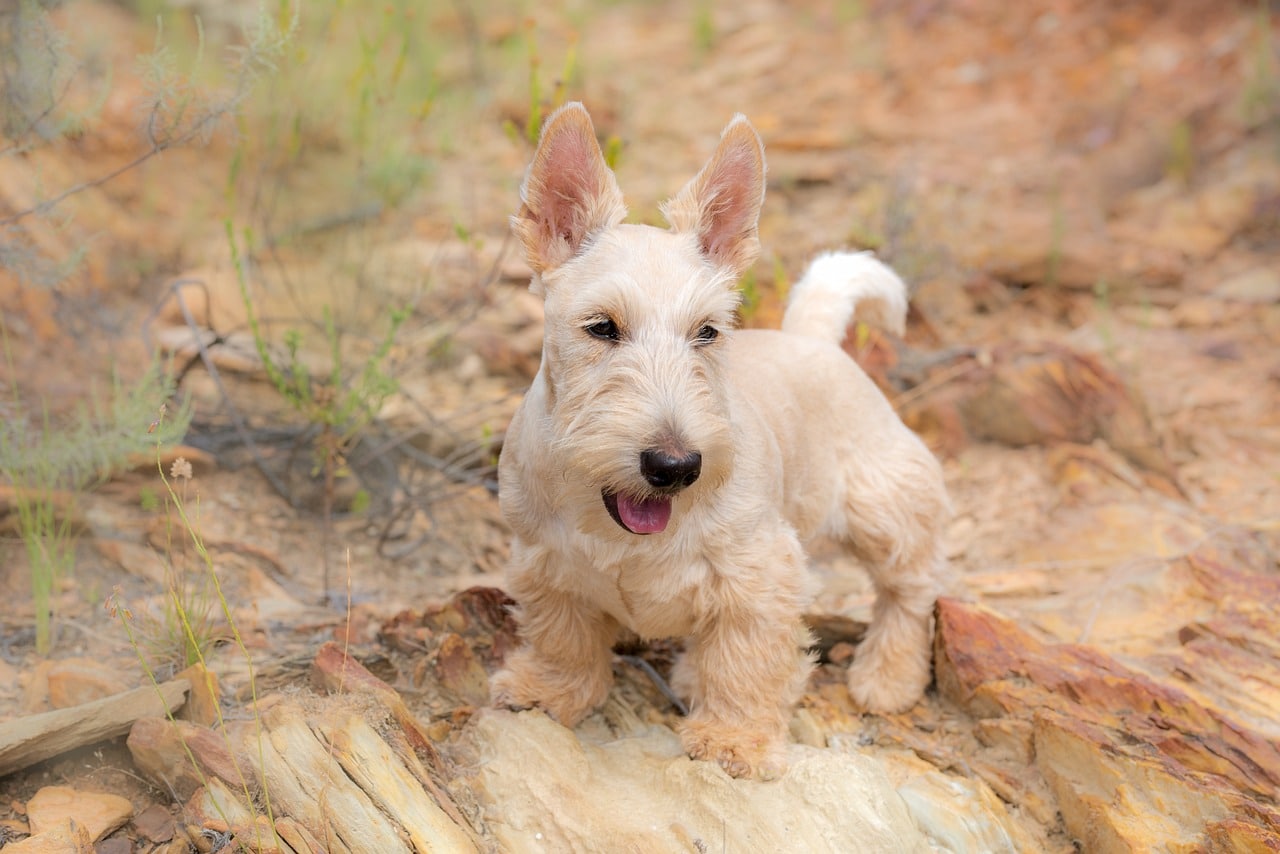 Shutterstock
Shutterstock
Scottish Terriers, or “Scotties,” are independent dogs with a strong sense of self-reliance. These dogs were originally bred for hunting and working independently, which has shaped their confident and self-sufficient personality. Scotties are not overly clingy and are perfectly capable of entertaining themselves when left alone. They’re known for their bravery and intelligence, and they don’t suffer from separation anxiety as long as they have something to keep them occupied. Scotties are a great choice for people who need a dog that can handle being alone without getting distressed.
Whippet
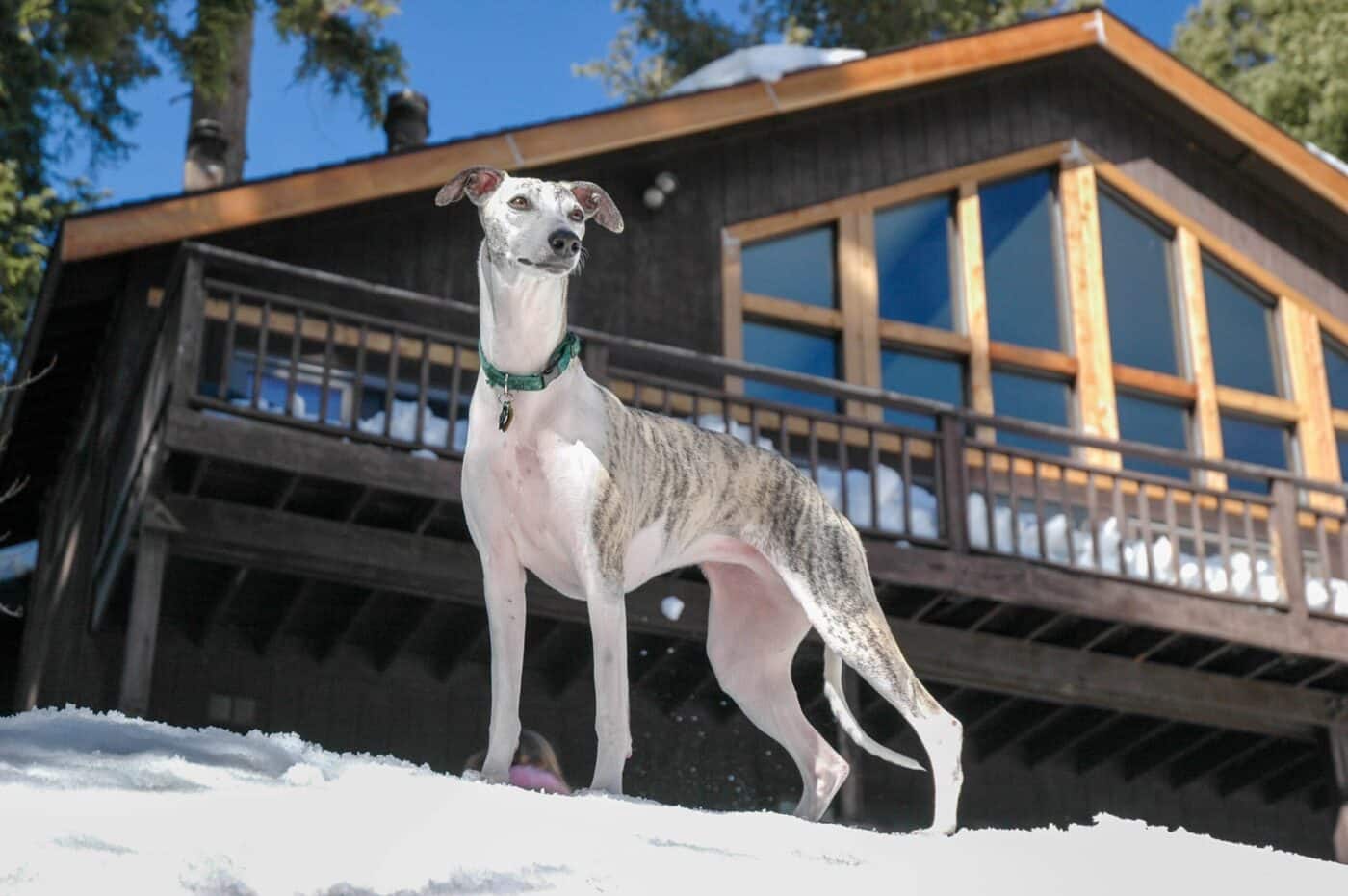 Shutterstock
Shutterstock
Whippets are another breed known for their low-maintenance and independent nature. These dogs are often happy to spend their days lounging around the house and don’t require constant attention. Whippets enjoy quiet time and are perfectly content with their own company, making them a good choice for people who need a dog that can handle being left alone for a few hours. As long as they get regular exercise, Whippets are calm, relaxed, and happy to entertain themselves while their owners are away.
Afghan Hound
 Shutterstock
Shutterstock
Afghan Hounds are known for their regal appearance and independent personality. These dogs are somewhat aloof and prefer to have their own space, making them well-suited to being left alone for moderate periods. Afghan Hounds are not particularly clingy and don’t rely on their owners for constant companionship. They’re happy to relax on their own and don’t typically suffer from separation anxiety. Their independent nature makes them a good option for people who need a dog that can handle solitude without becoming distressed.
Great Pyrenees
 Shutterstock
Shutterstock
The Great Pyrenees is a calm and independent breed that was originally bred to guard livestock in remote areas. These dogs are naturally self-reliant and are comfortable being left alone for moderate periods. Great Pyrenees are protective and loyal to their families, but they don’t require constant attention or companionship. Their ability to stay calm and composed when alone makes them a good choice for people who need a dog that can handle solitude. As long as they get regular exercise and mental stimulation, Great Pyrenees are perfectly content to relax on their own.
Alaskan Malamute
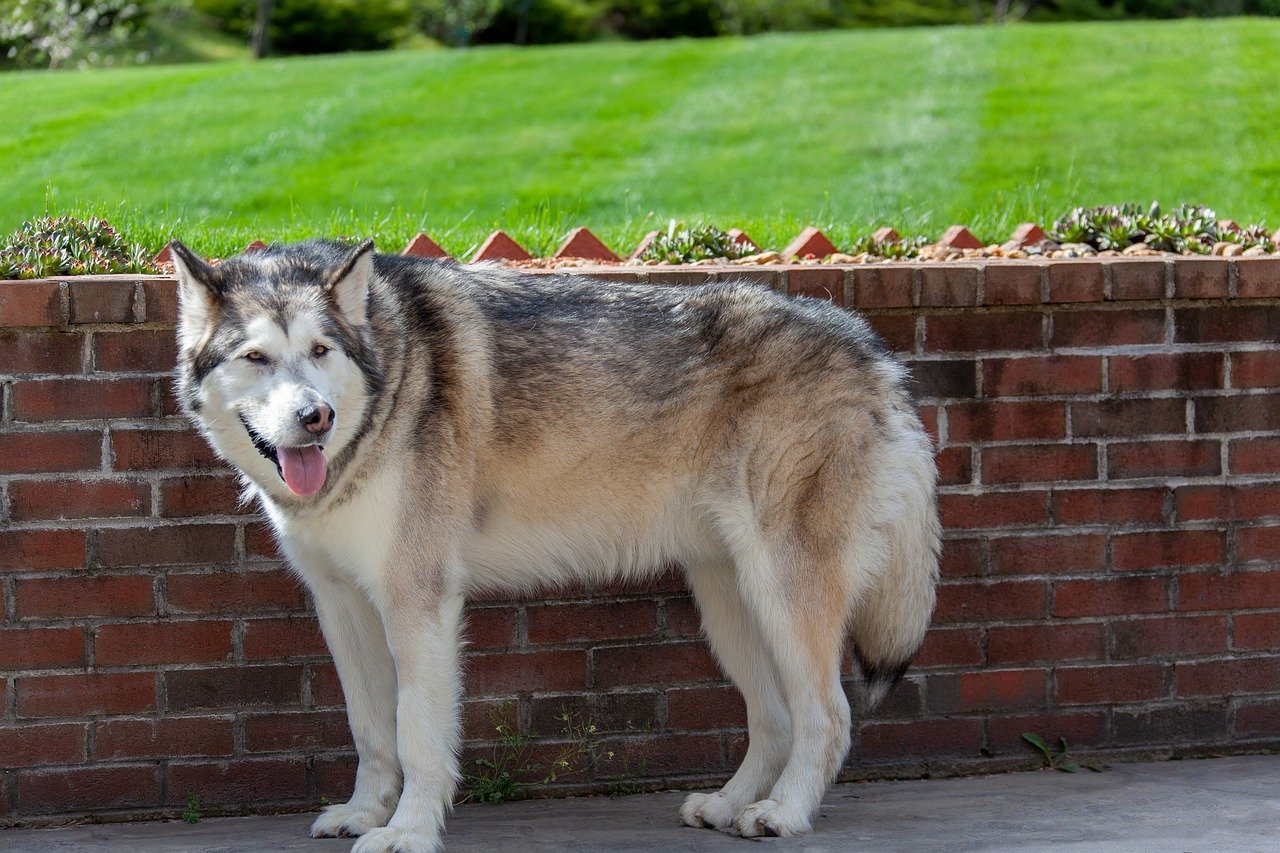 Shutterstock
Shutterstock
Alaskan Malamutes are independent and hardy dogs, well-suited to spending time alone. Originally bred for sledding and working in harsh, isolated environments, Malamutes developed a strong sense of self-sufficiency. While they love their families, they are perfectly content being alone for extended periods as long as they have plenty of mental and physical stimulation. These strong-willed dogs don’t typically suffer from separation anxiety and can entertain themselves, especially if they have enough toys or tasks to keep them busy. Malamutes do require regular exercise, so leaving them with opportunities for activity helps them enjoy their alone time even more.
Akita
 Shutterstock
Shutterstock
Akitas are known for their loyalty and protective nature, but they are also independent dogs that don’t mind being left alone. Originating from Japan, Akitas were bred as hunting and guarding dogs, which fostered a self-reliant personality. While they are affectionate and devoted to their families, Akitas are perfectly happy spending time alone as long as they have been properly trained and socialized. They are not prone to separation anxiety and tend to be more reserved compared to other breeds. Their independence makes them suitable for owners who may need to leave the house for work or errands during the day.
Tibetan Mastiff
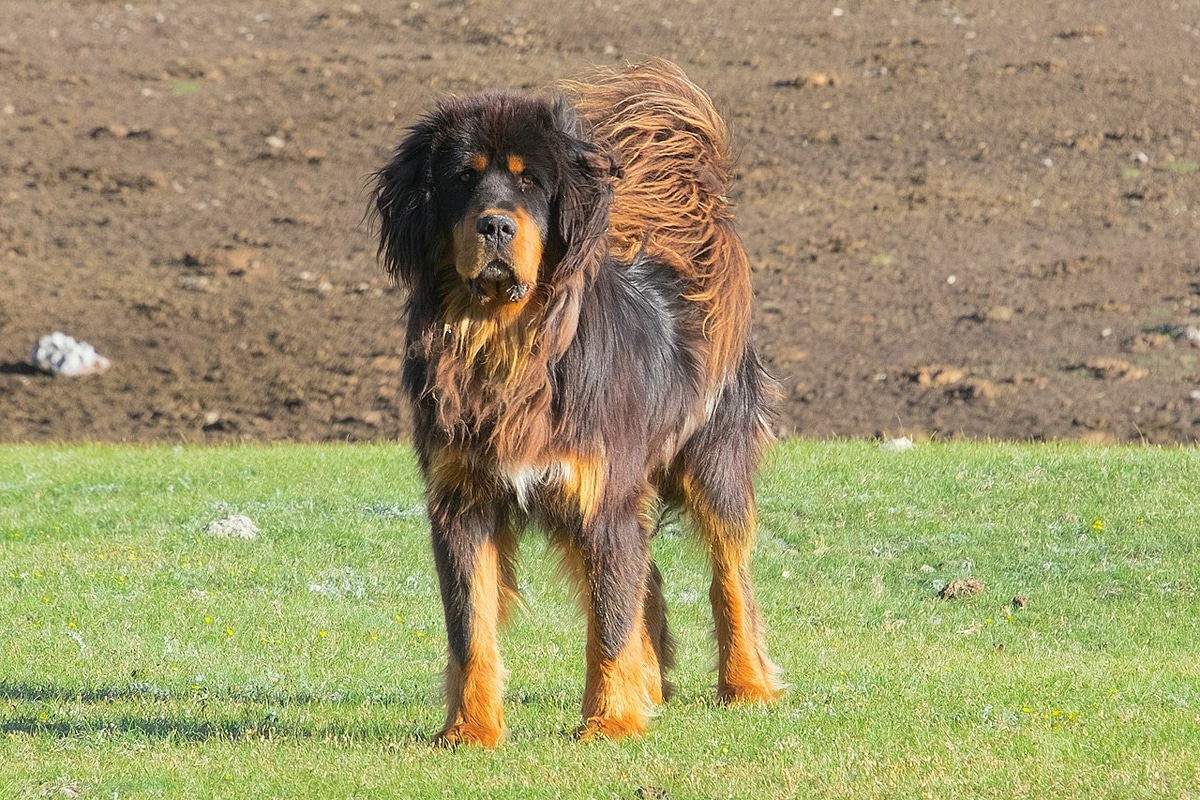 Shutterstock
Shutterstock
Tibetan Mastiffs are highly independent dogs, often preferring solitude over constant companionship. Bred as guard dogs in remote regions of Tibet, these dogs developed a strong sense of independence, capable of watching over flocks and homes without much human interaction. Tibetan Mastiffs are protective of their families, but they are not clingy dogs and are content to be left alone for long periods. Their aloof and self-reliant nature makes them less prone to separation anxiety. While they enjoy time with their families, they appreciate their personal space and solitude, making them well-suited to being left on their own.
English Bulldog
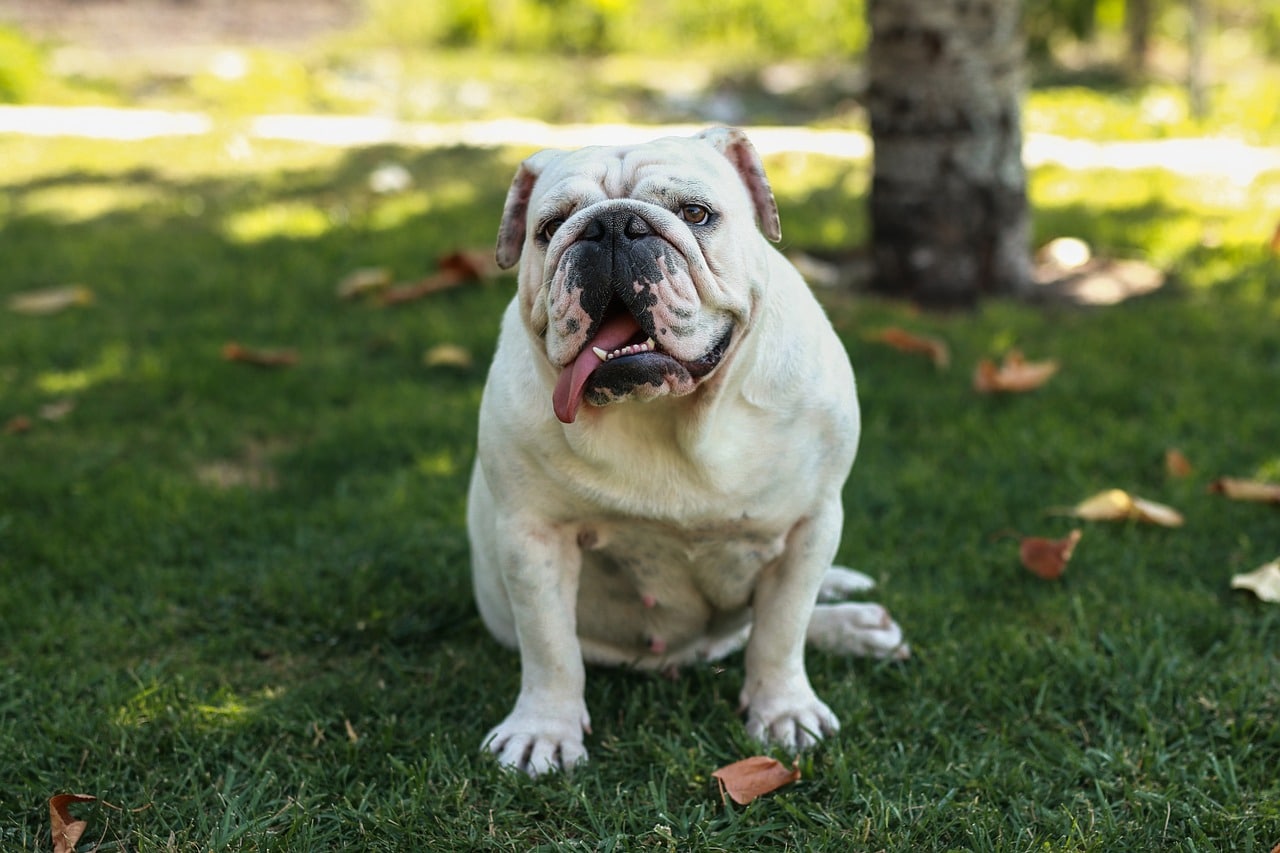 Shutterstock
Shutterstock
English Bulldogs are surprisingly content with being alone, provided they have a comfortable and cozy spot to relax. Known for their laid-back and easygoing nature, Bulldogs are not as dependent on constant human interaction as some other breeds. They are happy to spend their time lounging around the house, napping, or quietly chewing on a toy. While they do love their families, they don’t usually experience separation anxiety and can be left alone for moderate periods without issue. Their calm demeanor and love for a quiet environment make them one of the breeds that enjoy solitude.
Chinese Crested
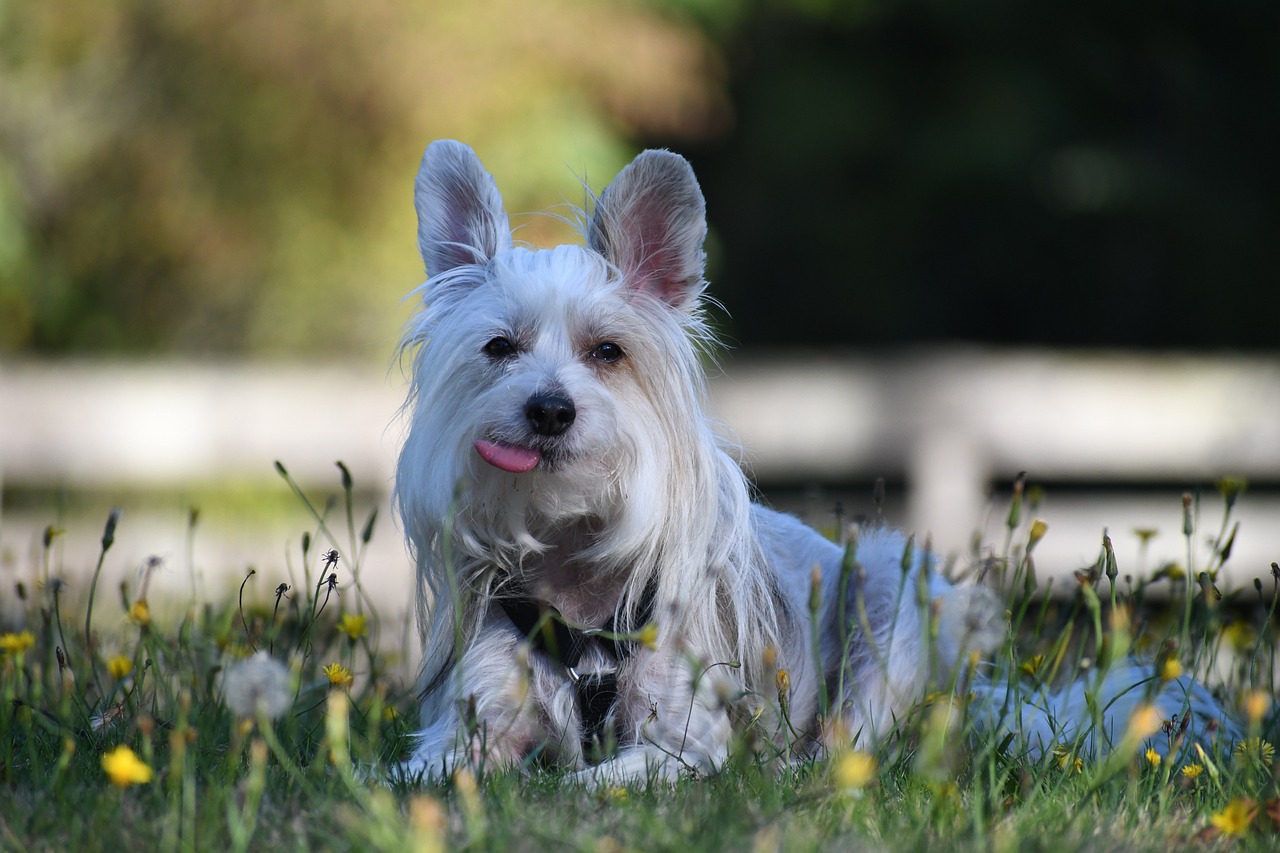 Shutterstock
Shutterstock
The Chinese Crested is a highly independent breed that enjoys spending time alone as long as they have a cozy spot to relax and call their own. Though they are affectionate with their families, they are not as clingy as some small dogs and are comfortable with their own company. This breed adapts well to being left alone, especially if provided with stimulating toys or activities to keep them occupied. While they enjoy human interaction, Chinese Cresteds do not typically suffer from separation anxiety, making them a good choice for those who need to leave their dog alone during the day.
Belgian Tervuren
 Shutterstock
Shutterstock
Belgian Tervurens are intelligent and independent dogs that can handle being left alone for reasonable periods. Bred as working dogs, they are used to functioning on their own while keeping watch or herding. While they are loyal and affectionate towards their families, Tervurens are self-sufficient and don’t require constant attention. As long as they are given enough mental stimulation and exercise, they are content to spend time alone. This makes them well-suited to owners who need to leave the house for work or other activities, provided they have toys and tasks to occupy their time.
Japanese Chin
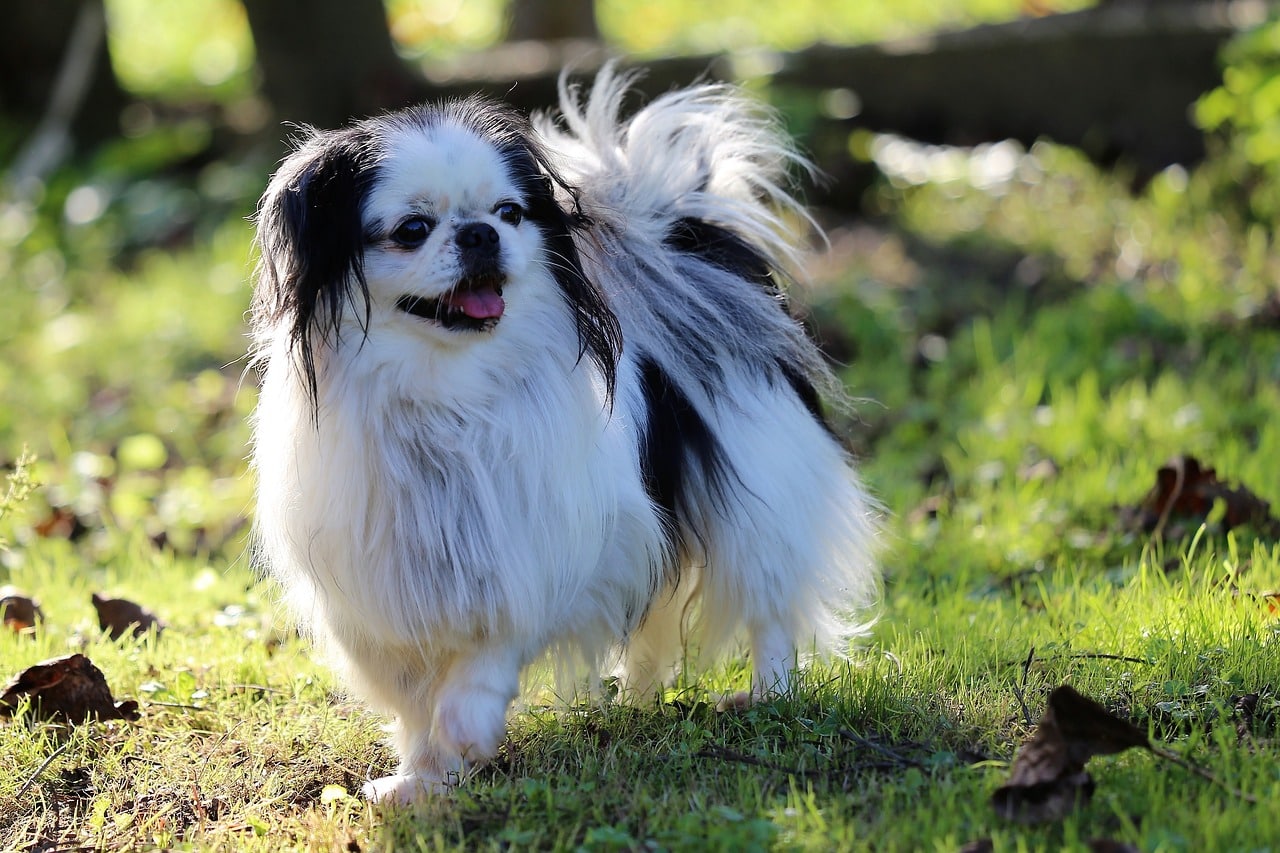 Shutterstock
Shutterstock
Japanese Chins are small, independent dogs that don’t mind being alone, especially if they have a cozy space to rest. While they are affectionate and love spending time with their families, Chins are known for being less needy and more self-sufficient than other small breeds. They enjoy their independence and are content with some alone time, provided they have a quiet, comfortable spot to relax. Japanese Chins are not prone to separation anxiety, making them suitable for owners who need to leave them alone for short periods.
Bullmastiff
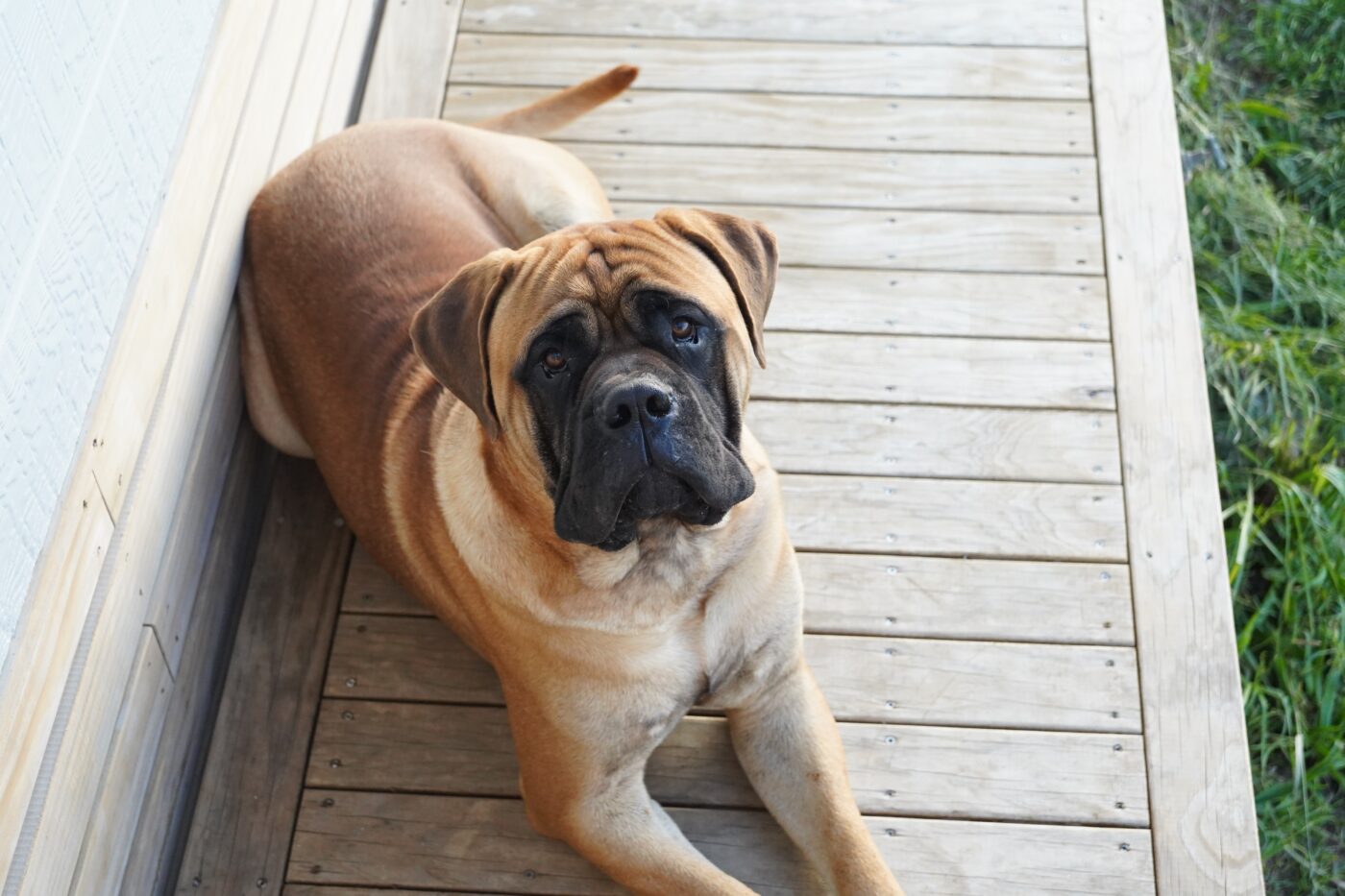 Shutterstock
Shutterstock
The Bullmastiff is a calm and independent breed that doesn’t mind being alone for extended periods. These dogs were originally bred as guard dogs, a role that required them to be self-reliant and focused. Bullmastiffs are not overly needy or prone to separation anxiety, and they are content to lounge around the house while their owners are away. They are low-energy dogs that enjoy napping and relaxing, making them well-suited to a quiet lifestyle with periods of solitude. As long as they receive regular exercise and attention, Bullmastiffs handle alone time with ease.
Keeshond
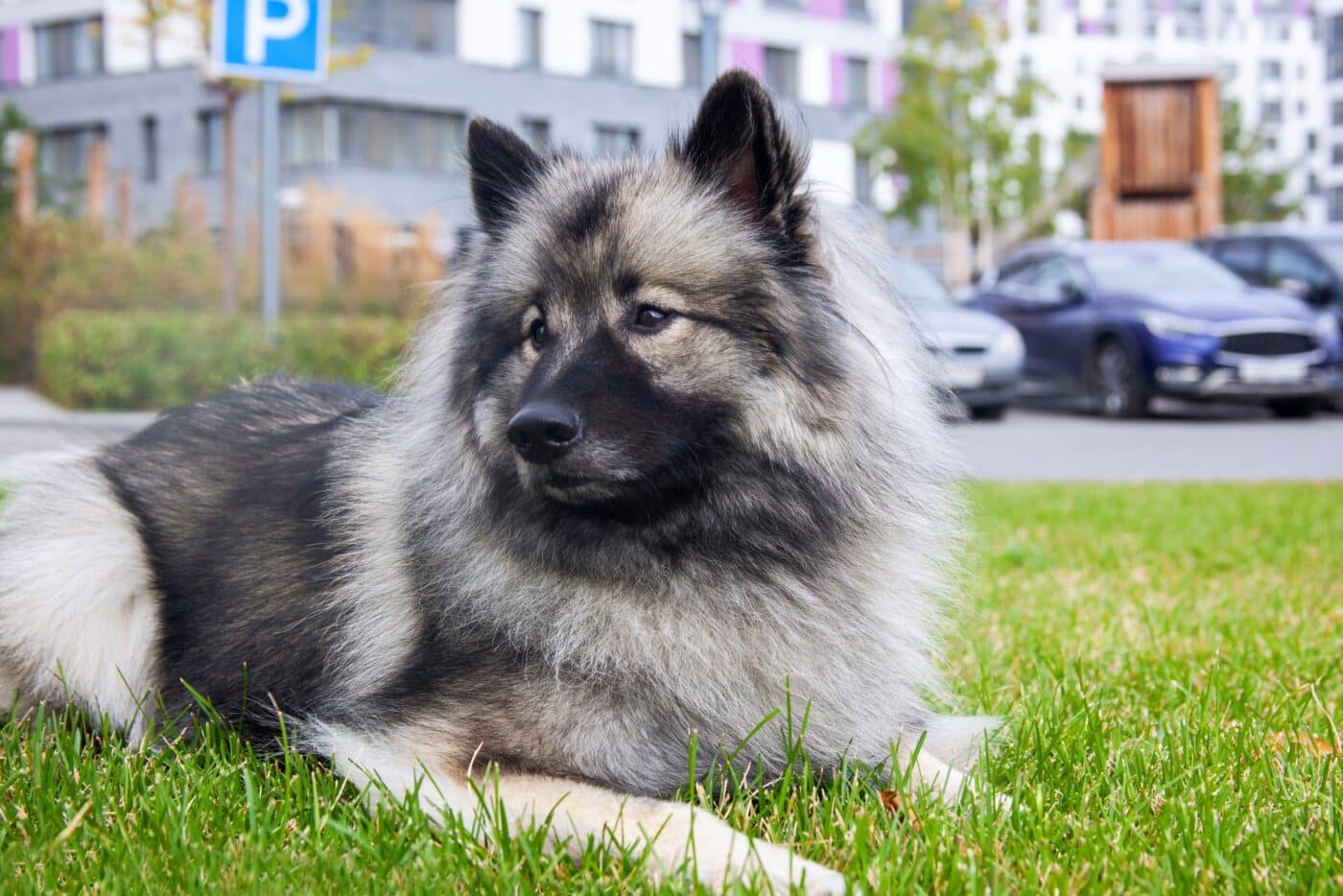 Shutterstock
Shutterstock
Keeshonds are affectionate and social dogs, but they are also quite independent and capable of spending time alone without becoming stressed. Originally bred as watchdogs on boats and barges, Keeshonds developed a sense of self-sufficiency. While they enjoy human companionship, they are not as prone to separation anxiety as some other breeds. Keeshonds are happy to entertain themselves with toys or simply relax while their owners are away. Their adaptable nature allows them to be comfortable with periods of solitude, as long as they are given plenty of love and attention when their family returns.
Airedale Terrier
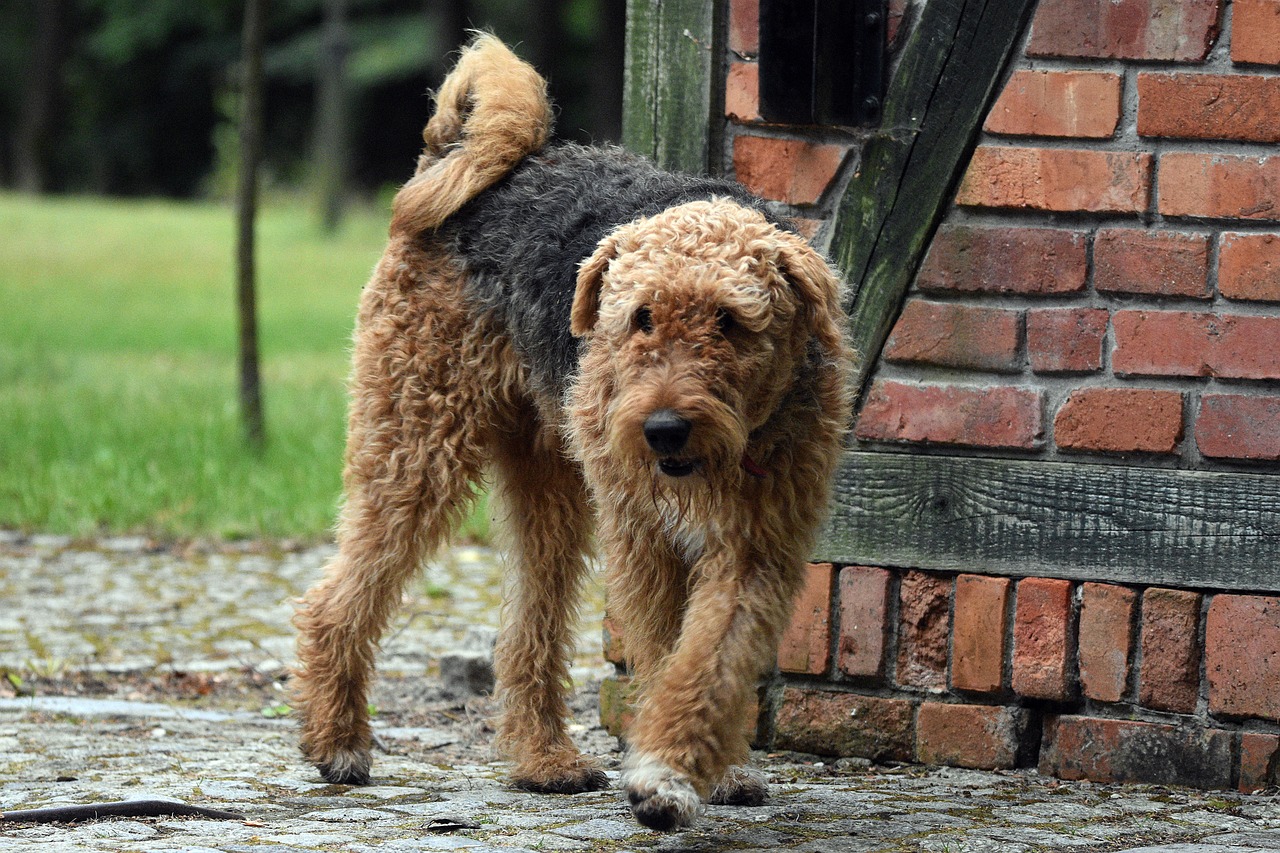 Shutterstock
Shutterstock
The Airedale Terrier is known for its independent and self-reliant nature. As the largest of the terrier breeds, Airedales are intelligent and inquisitive, often content to engage themselves when left alone. They’re excellent at entertaining themselves with toys or exploring a secure backyard. Though they enjoy socializing with their family, they’re equally comfortable with downtime. Airedales don’t experience separation anxiety as intensely as some other breeds, making them suitable for those who may be away for several hours. Their natural independence, combined with a playful spirit, allows them to handle alone time quite well.
Dachshund
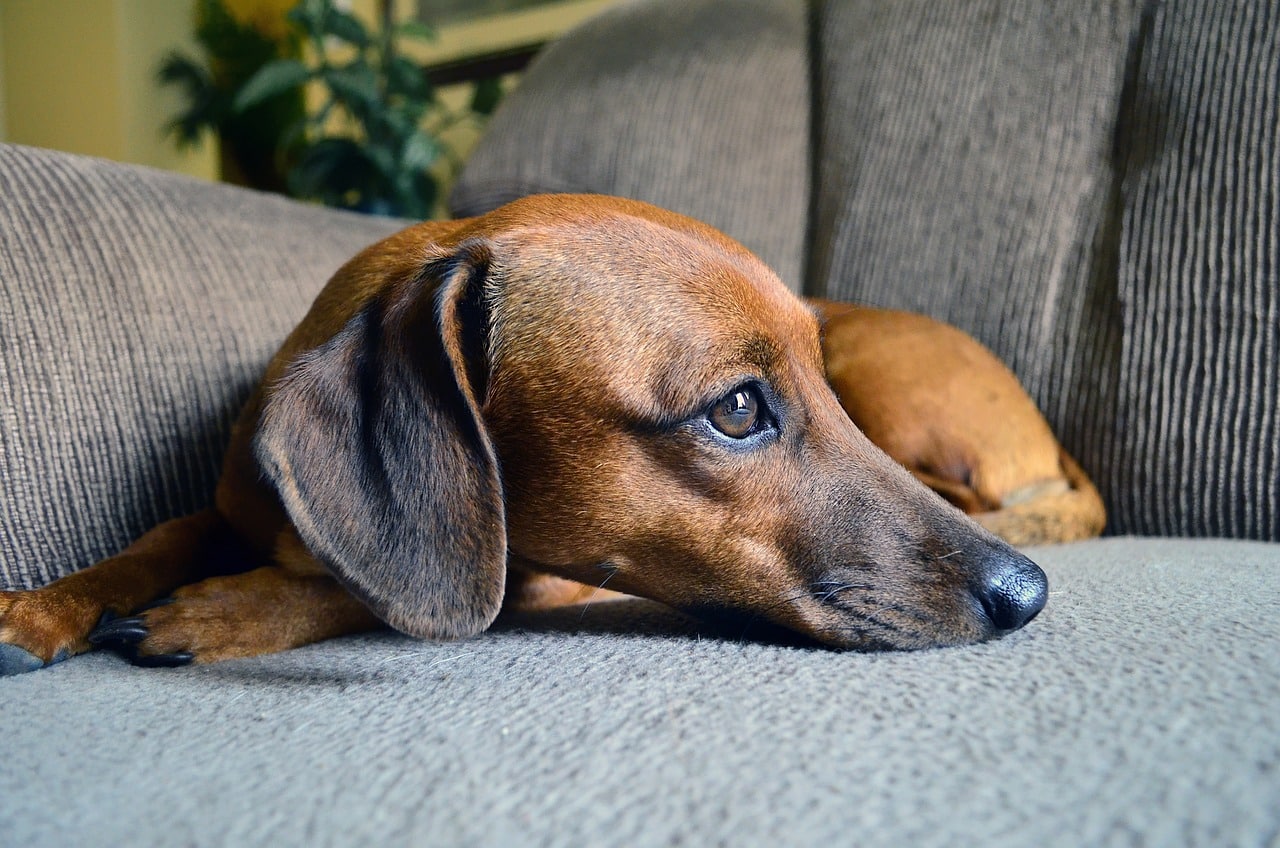 Shutterstock
Shutterstock
Dachshunds are small yet spirited dogs who enjoy their independence, making them a suitable breed for owners who may need to leave them alone occasionally. Known for their curious and sometimes stubborn nature, Dachshunds enjoy exploring their surroundings and can keep themselves entertained with chew toys or by observing activities outside. They were originally bred to hunt small animals, which gives them a bit of a self-sufficient streak. While Dachshunds love to bond with their family, they’re generally okay with some solo time and aren’t as prone to separation anxiety as other small breeds.
Irish Wolfhound
 Shutterstock
Shutterstock
The Irish Wolfhound, despite its size, is a calm and independent breed. Known for their gentle and relaxed demeanor, these dogs are content with lounging around the house when left alone. They don’t require constant interaction and are often happy to rest for long periods, especially after a bit of exercise. Though they enjoy the company of their humans, Irish Wolfhounds are low-maintenance in terms of emotional attachment, making them more resilient to solo time. Their laid-back nature allows them to handle being alone without much stress, provided they have a comfortable space to relax.
Bull Terrier
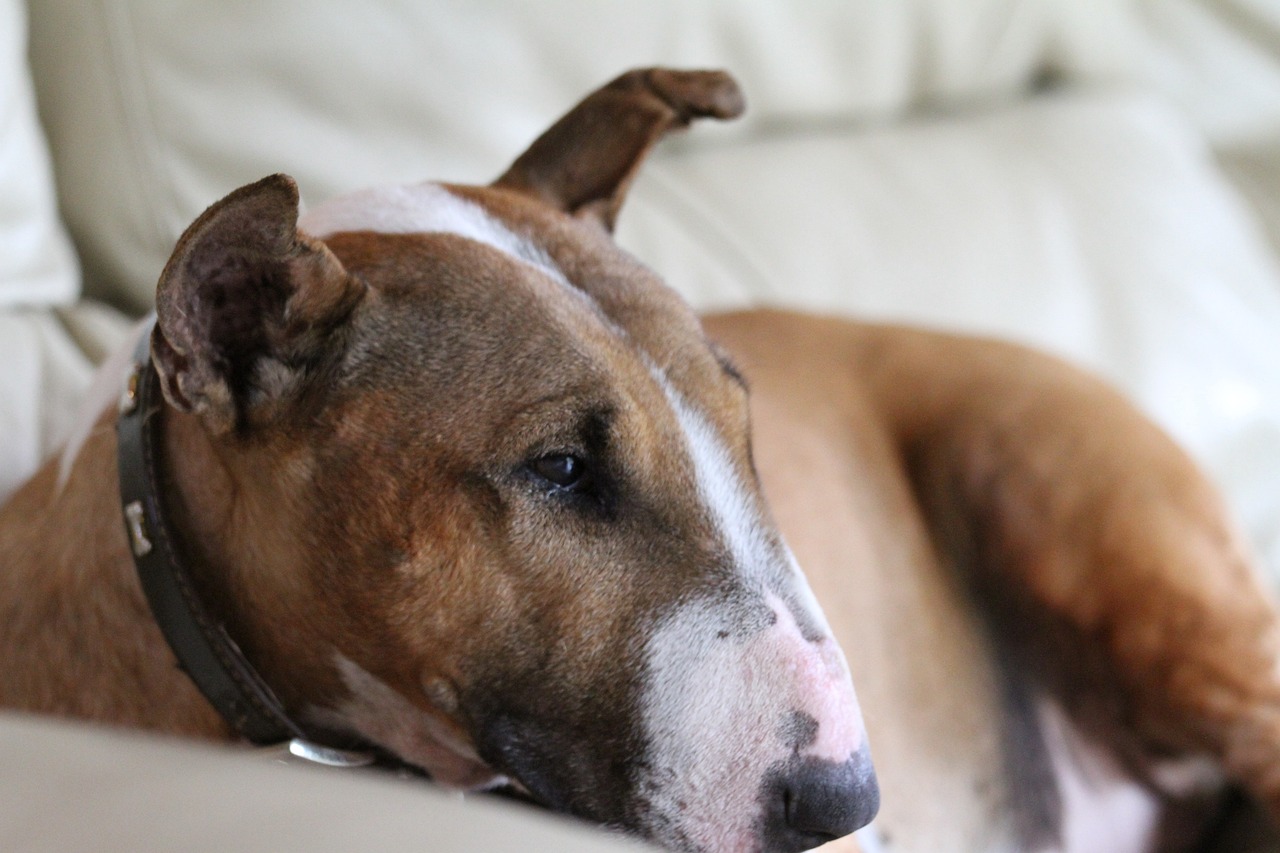 Shutterstock
Shutterstock
Bull Terriers are unique-looking dogs with a playful and self-reliant personality. Known for their independent streak, Bull Terriers can tolerate being alone for moderate periods, especially if they have toys or activities to keep them occupied. Their intelligence and problem-solving skills make them capable of self-entertainment, and they are not overly clingy with their owners. Bull Terriers can be quite independent-minded, which makes them more adaptable to alone time compared to more people-dependent breeds. With proper exercise and mental stimulation, they’re generally content to hang out solo for a few hours.
Belgian Malinois
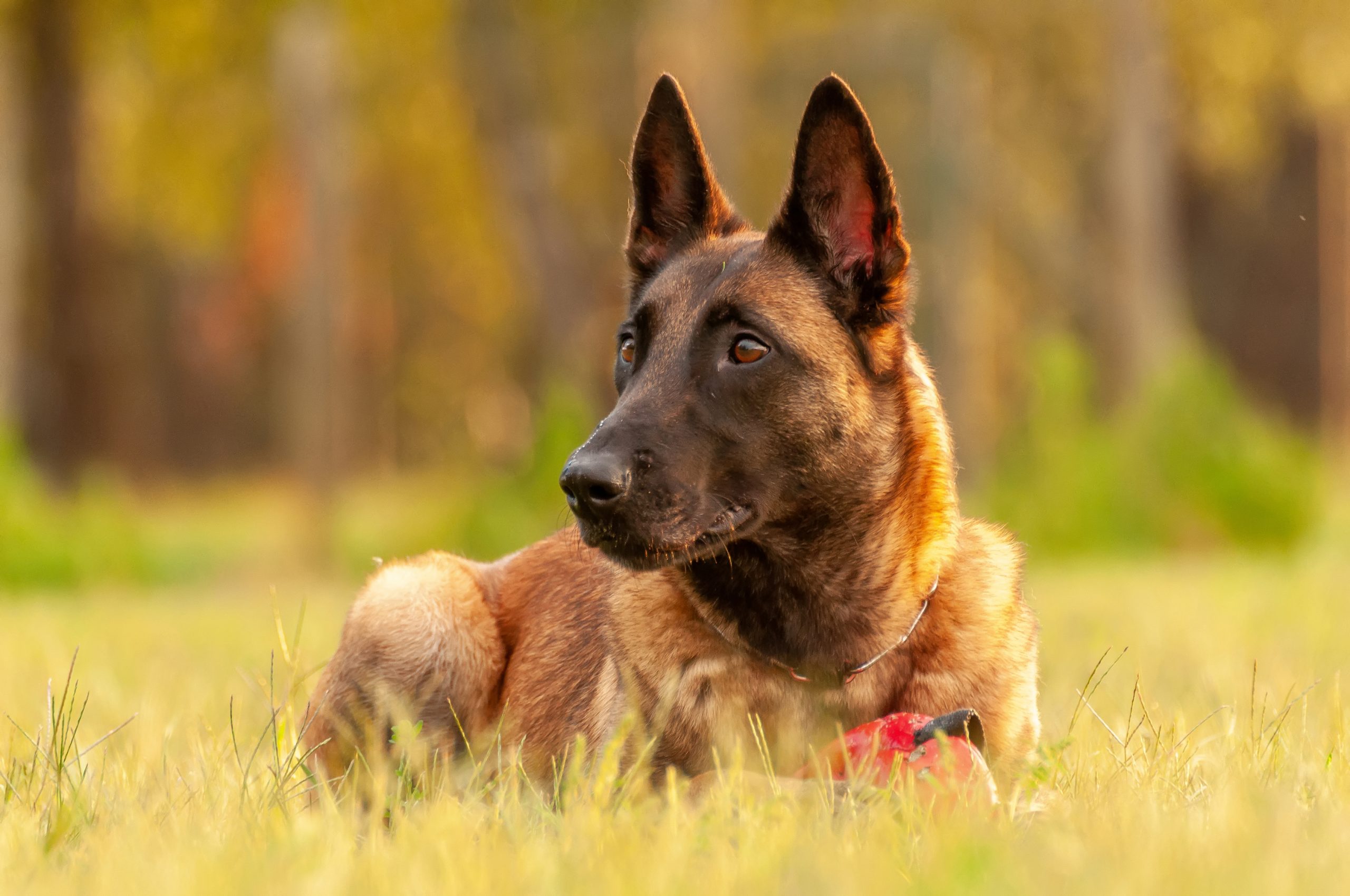 Shutterstock
Shutterstock
The Belgian Malinois is an intelligent and highly trainable breed that can be quite self-sufficient if given enough mental and physical exercise. Known for their focus and work ethic, Malinois dogs are used in various professional roles, showcasing their ability to stay composed when left on their own. They don’t necessarily crave constant attention and can handle some alone time, provided they have had sufficient activity beforehand. With their strong, independent nature and problem-solving abilities, Belgian Malinois can be left alone for short periods, although they thrive best with an active and structured lifestyle.
Ibizan Hound
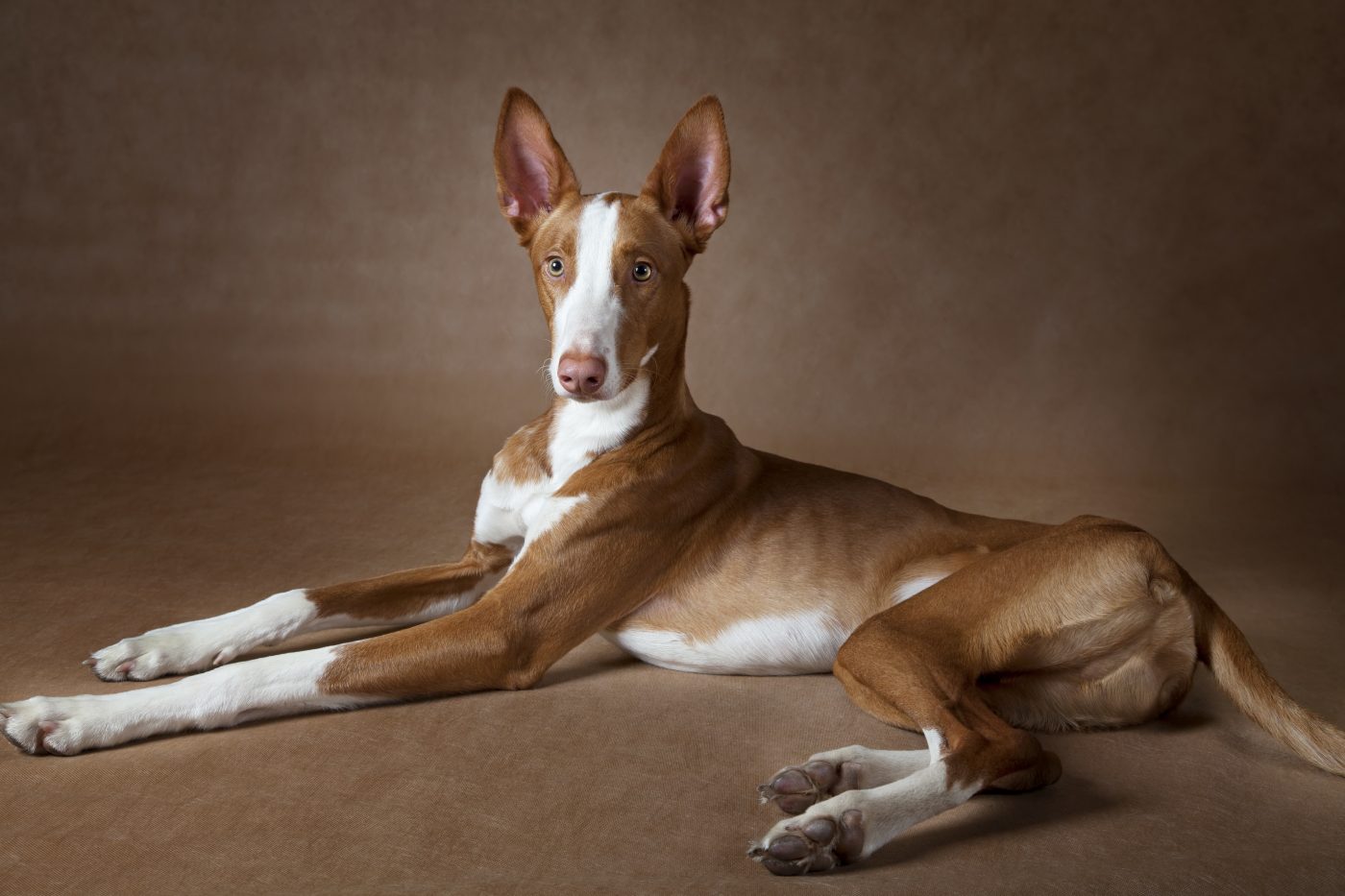 Shutterstock
Shutterstock
The Ibizan Hound is an independent breed with a calm and balanced temperament. Originally bred for hunting, they have a natural inclination to explore and entertain themselves. Ibizan Hounds aren’t overly attached to their owners and can adapt well to being alone, making them a good choice for people with busier schedules. They have a low-maintenance personality, preferring relaxation after a bit of activity, and can spend hours lounging around without becoming anxious. Their independent spirit, combined with a relaxed demeanor, allows them to handle alone time gracefully.
Wire Fox Terrier
 Shutterstock
Shutterstock
Wire Fox Terriers are known for their bold and self-sufficient personality, which makes them more resilient to being alone than other breeds. Originally bred for hunting, they have a high prey drive and a strong sense of curiosity, which means they can stay entertained with toys or activities on their own. Wire Fox Terriers are intelligent and independent-minded, which allows them to manage solo time without much distress. While they do enjoy socializing and playing, they can tolerate being left alone for a while, making them suitable for people who work outside the home.
Rhodesian Ridgeback
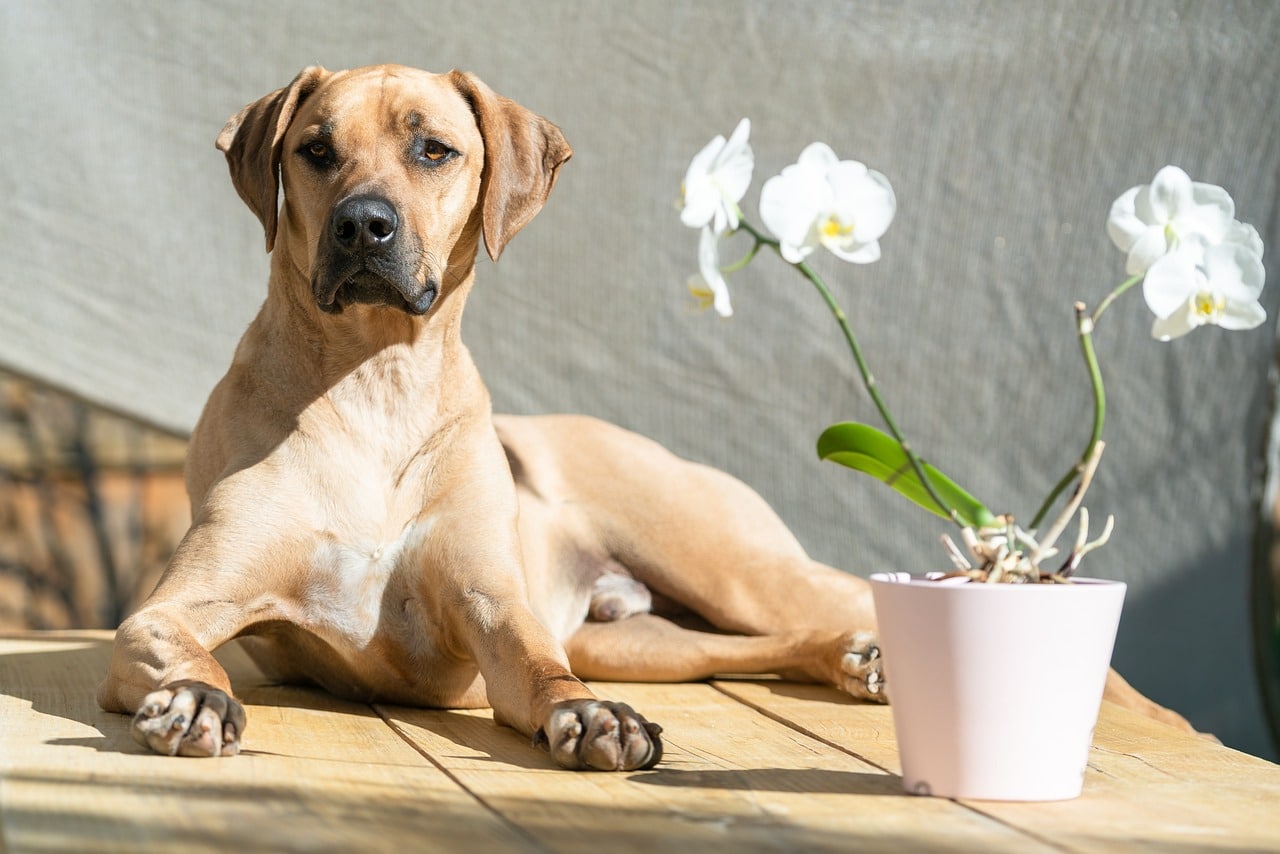 Shutterstock
Shutterstock
Rhodesian Ridgebacks are loyal, but they are also known for their independent and strong-willed nature. Originally bred to hunt large game, these dogs are used to working on their own, which makes them more comfortable with solo time. They’re content with having a secure, cozy spot to relax and can adapt well to a few hours of solitude. Rhodesian Ridgebacks are calm indoors, and while they enjoy family time, they don’t require constant interaction. Their quiet independence makes them an excellent option for owners who may be away for part of the day.
Breeds That Can’t Handle Solitude
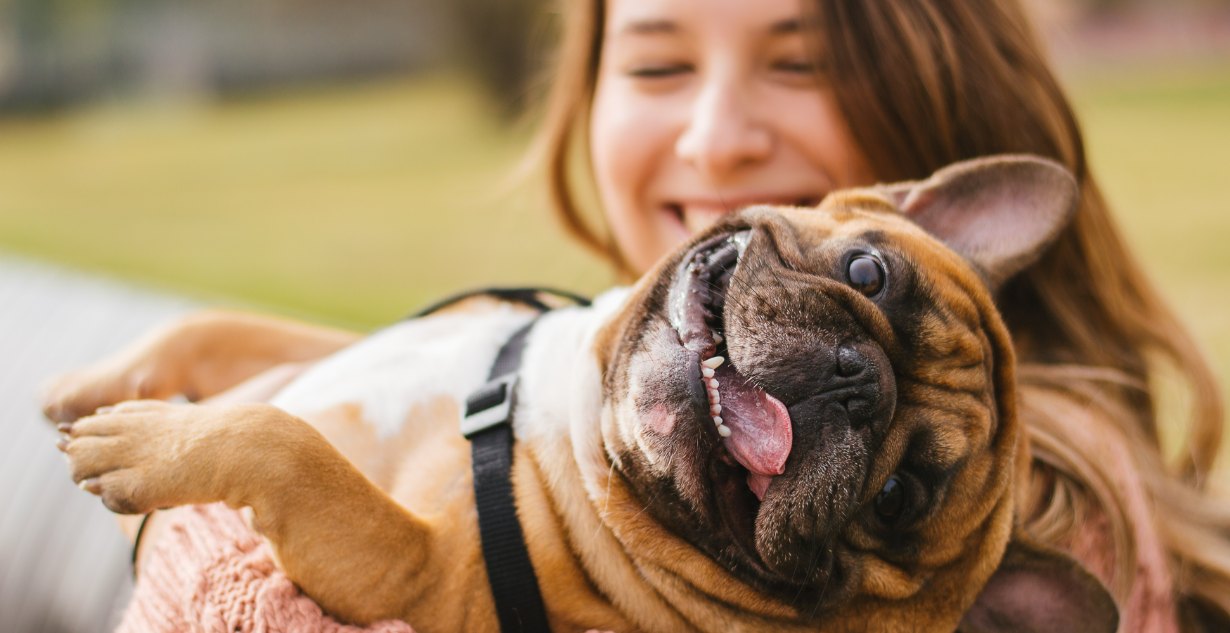 Shutterstock
Shutterstock
While some dogs are perfectly happy being left alone for a few hours, others can’t stand the thought of solitude. These breeds are known for their strong attachment to their owners and their tendency to develop separation anxiety when left alone for too long.
Border Collie
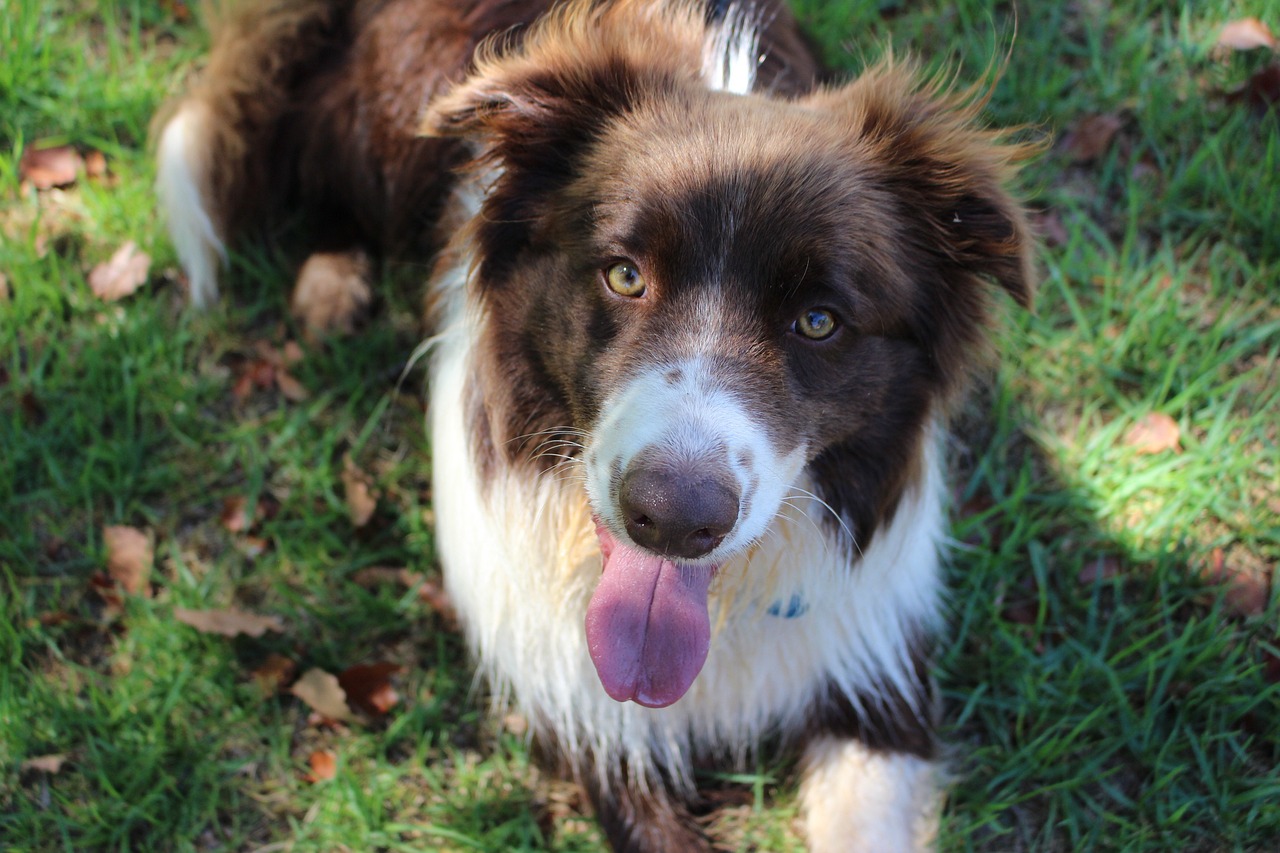 Shutterstock
Shutterstock
Border Collies are highly intelligent and energetic dogs that thrive on human interaction and mental stimulation. These dogs hate being left alone and can become anxious or destructive when isolated for too long. Border Collies need constant mental and physical challenges to stay happy, and they don’t do well with long periods of solitude. Their high energy levels and strong need for companionship make them a poor choice for owners who can’t be with them for extended periods.
Australian Shepherd
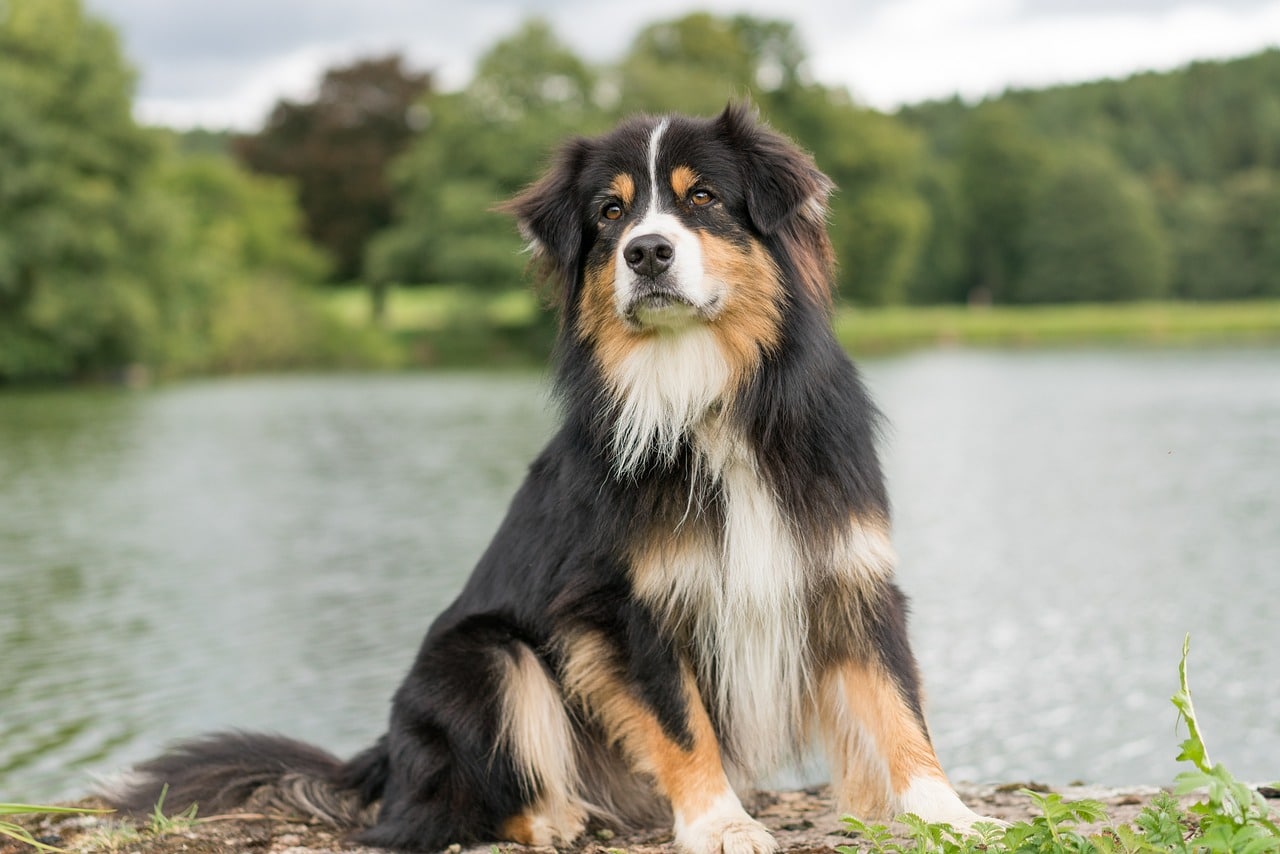 Shutterstock
Shutterstock
Australian Shepherds are another high-energy breed that craves human interaction. These dogs are incredibly loyal and form strong bonds with their owners, making them prone to separation anxiety when left alone. Australian Shepherds are happiest when they’re with their families and involved in activities that challenge their intelligence. Leaving an Aussie alone for too long can lead to destructive behavior, as they become bored and anxious. If you’re considering an Australian Shepherd, be prepared to provide them with plenty of companionship and stimulation.
Cavalier King Charles Spaniel
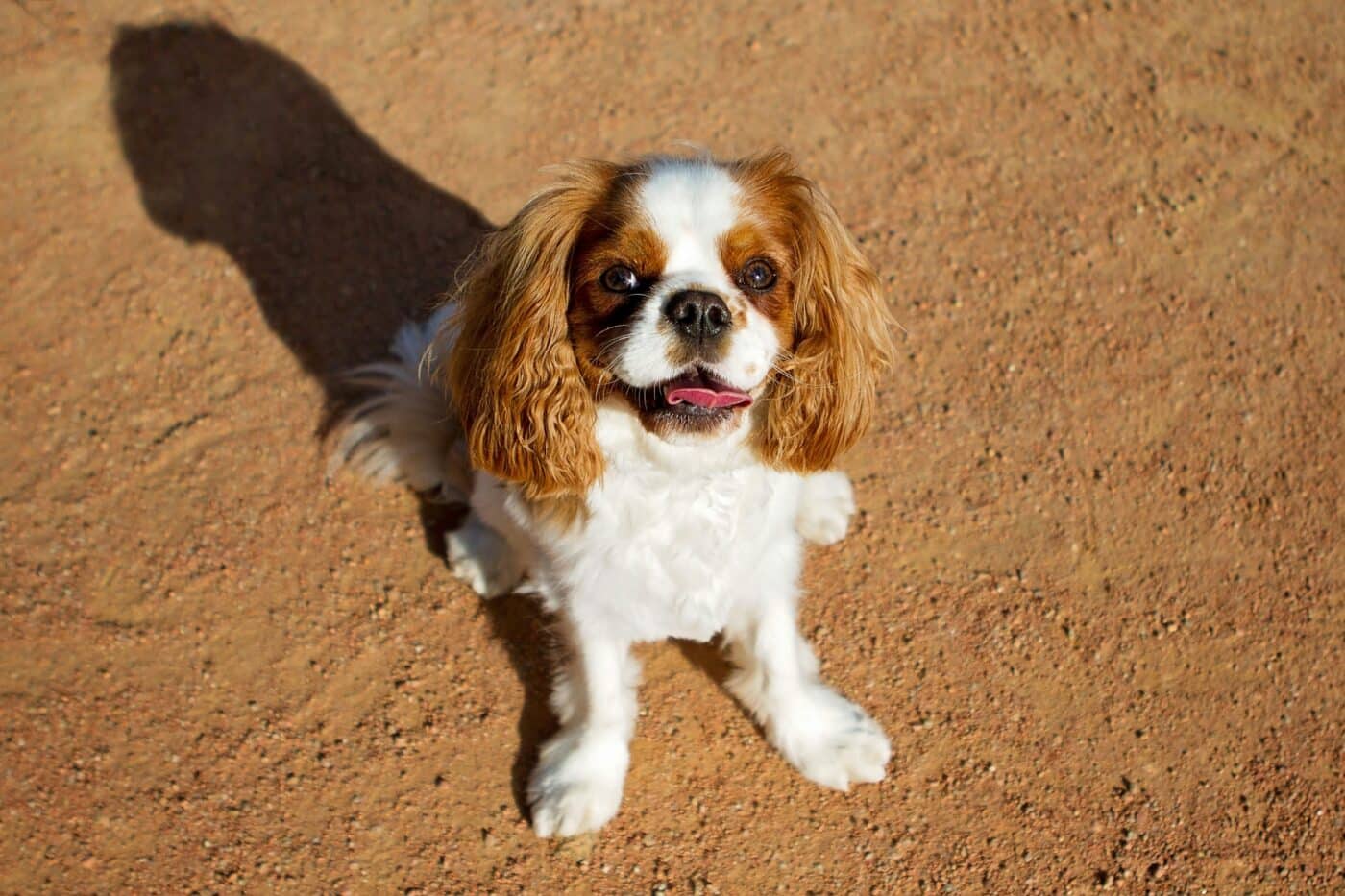 Shutterstock
Shutterstock
Cavalier King Charles Spaniels are known for their affectionate and loving nature, which makes them highly dependent on human companionship. These dogs form strong emotional bonds with their owners and don’t do well when left alone for long periods. Cavaliers are prone to separation anxiety and can become distressed when isolated. They’re happiest when they’re with their family members, whether it’s lounging on the couch or following them around the house. If you’re looking for a dog that can handle being alone, the Cavalier King Charles Spaniel may not be the best choice.
Vizsla
 Shutterstock
Shutterstock
Vizslas are often referred to as “Velcro dogs” because of their strong attachment to their owners. These dogs are highly affectionate and hate being left alone for long periods. Vizslas thrive on human interaction and need plenty of physical and mental stimulation to stay happy. When left alone, they can become anxious and destructive, making them a poor choice for owners who can’t provide constant companionship. Vizslas are best suited for active families who can spend plenty of time with them and keep them engaged.
French Bulldog
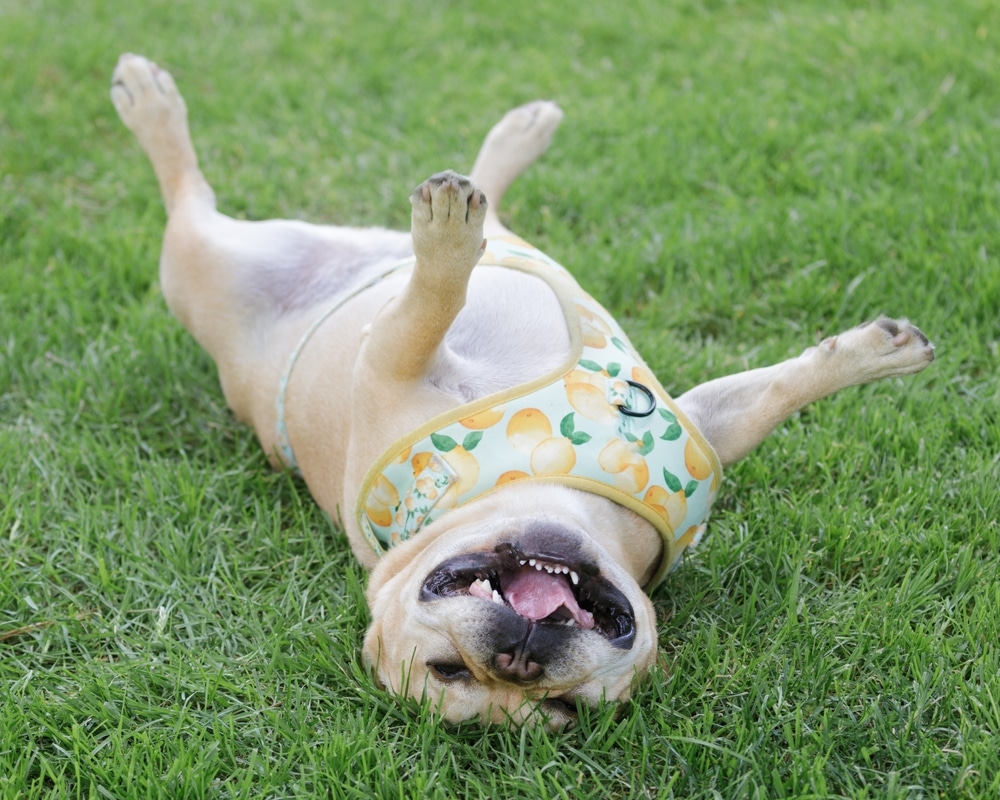 Shutterstock
Shutterstock
French Bulldogs may be small, but they have a big need for human companionship. These dogs form strong bonds with their owners and can become anxious or depressed when left alone for too long. French Bulldogs are social and affectionate, and they thrive on attention and interaction. They’re prone to separation anxiety and may become destructive if left alone for extended periods. If you’re considering a French Bulldog, it’s important to ensure that they won’t be left alone for too long each day.
Papillon
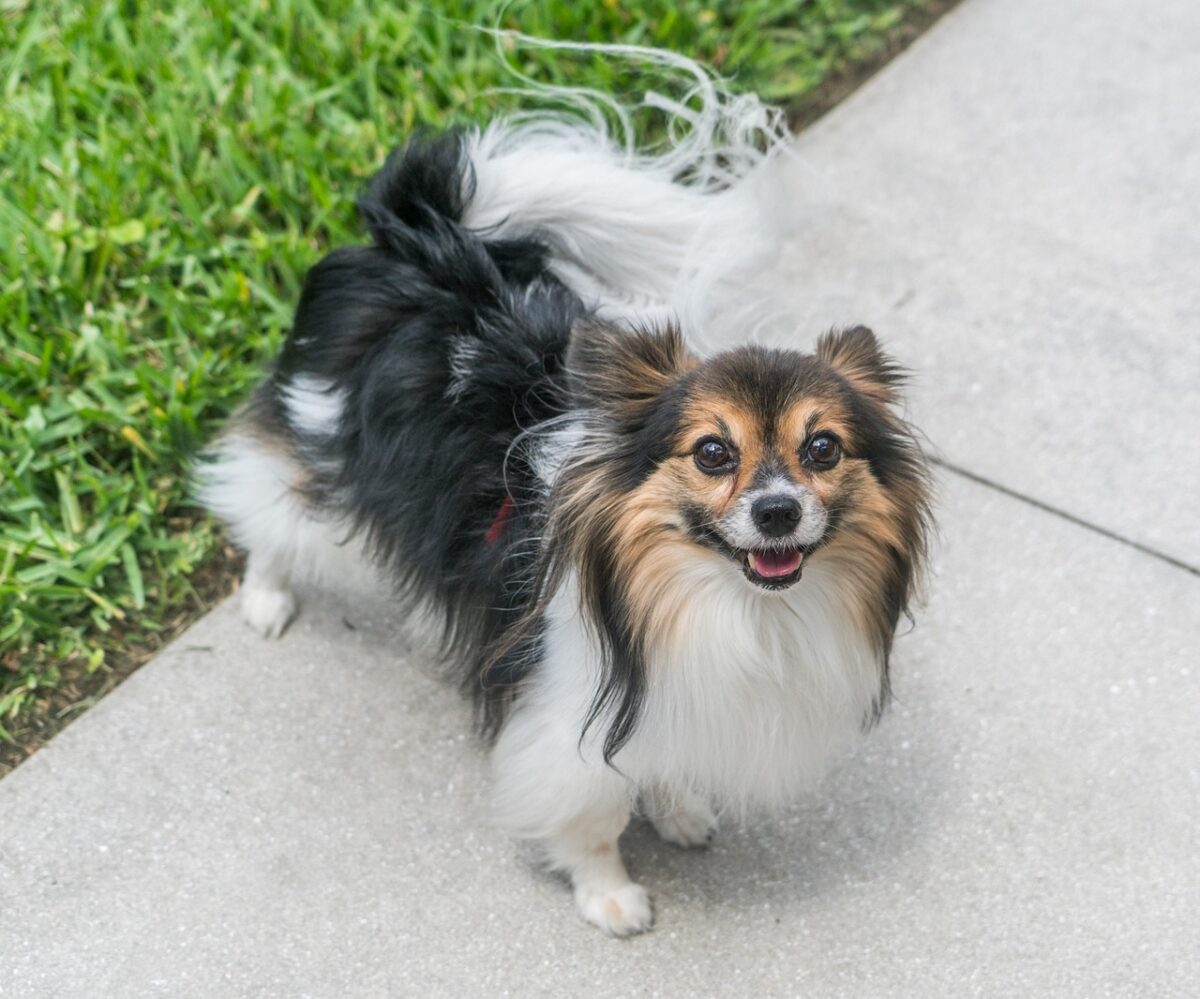 Shutterstock
Shutterstock
Papillons may be small, but they have big personalities that thrive on human companionship. These little dogs are incredibly social and hate being left alone for long periods. Papillons are highly attached to their owners and can develop separation anxiety if left by themselves too often. They crave attention and interaction, making them unhappy when isolated. Papillons do best in homes where someone is around for most of the day, as their need for companionship can make solitude difficult for them to handle.
Italian Greyhound
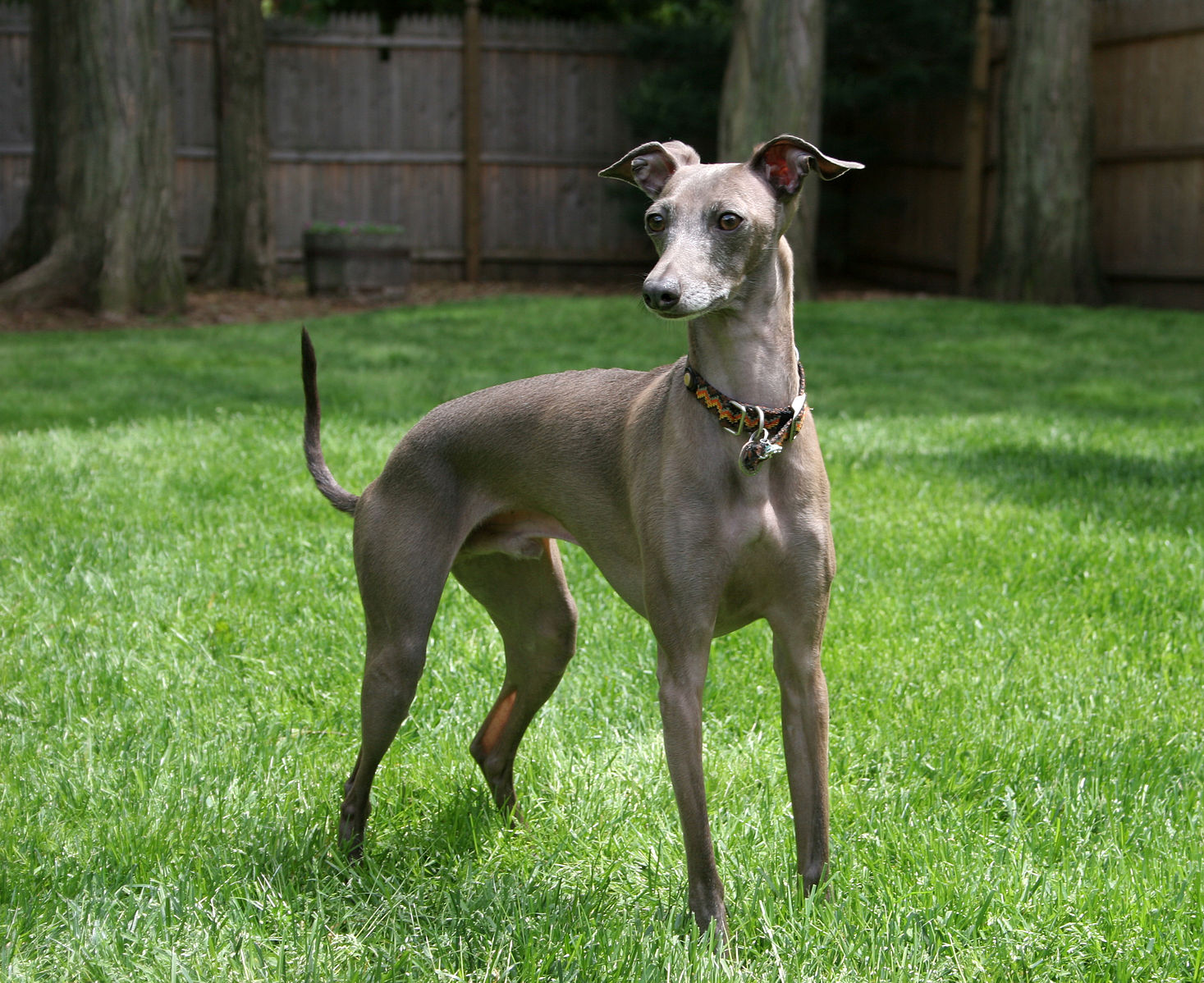 Shutterstock
Shutterstock
Italian Greyhounds are sensitive and affectionate dogs that do not tolerate being left alone well. They form strong bonds with their owners and often follow them around the house, seeking closeness and affection. Italian Greyhounds are prone to separation anxiety, and they can become anxious or stressed when left alone for too long. These dogs thrive in environments where they receive plenty of attention and companionship. For those with busy lifestyles, an Italian Greyhound may struggle with solitude, so it’s important to ensure they have company during the day.
Havanese
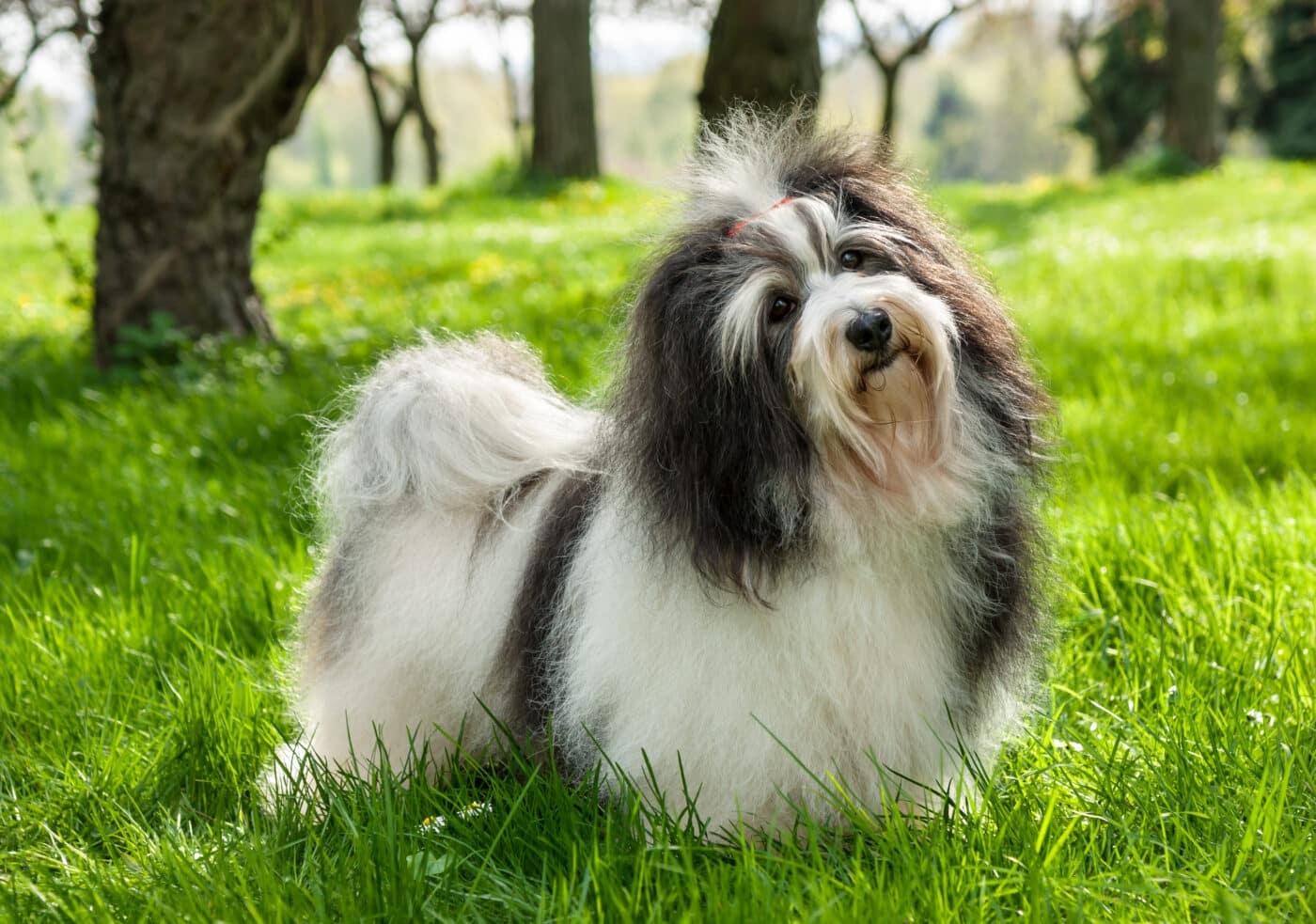 Shutterstock
Shutterstock
Havanese dogs are known for their social and affectionate nature, and they despise being left alone. These small, cheerful dogs thrive on human interaction and often develop strong attachments to their families. Havanese are prone to separation anxiety, and they can become stressed or destructive when left in isolation for extended periods. They need companionship and do best in homes where someone is around most of the time. Havanese dogs are happiest when they are part of the action and do not handle solitude well, making them a poor choice for owners who are away frequently.
The Solitude Savvy vs. The Velcro Pups
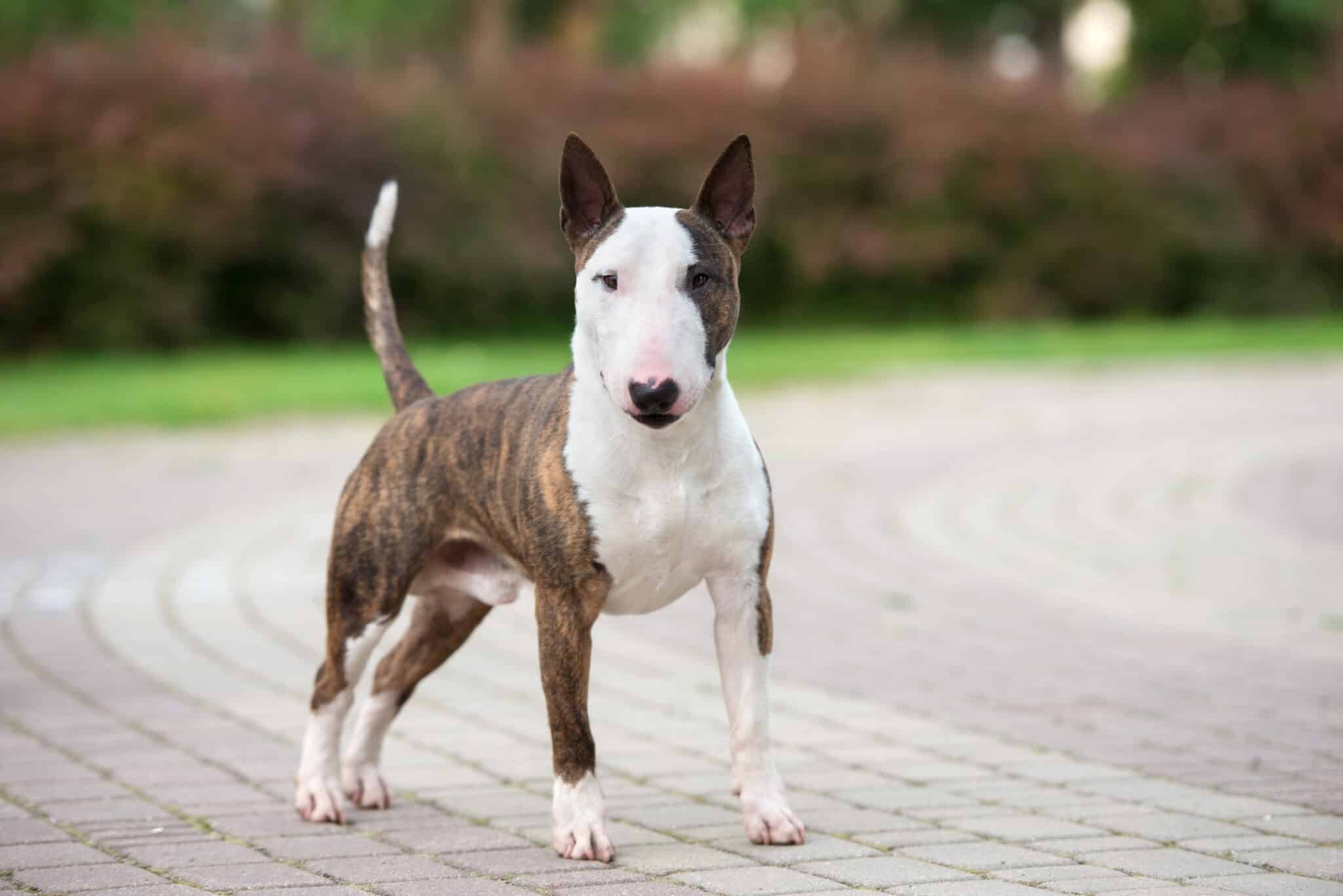 Shutterstock
Shutterstock
While some dogs are perfectly happy with their own company and can handle being alone without any issues, others are social butterflies that can’t stand solitude. If you’re looking for a low-maintenance dog that’s fine with some alone time, there are plenty of independent breeds that can handle it. If you’re considering a breed that thrives on human companionship, be prepared for a pup that sticks to you like Velcro. Whether you need a solo-friendly dog or a constant companion, understanding these traits can help you find the perfect match!
 Toledo, United States.
Toledo, United States.